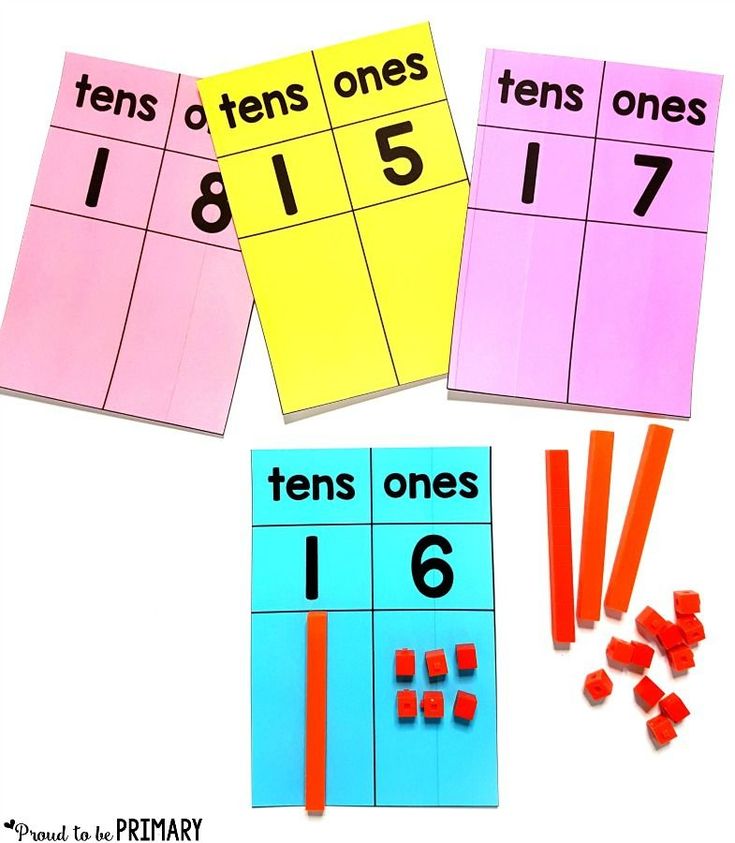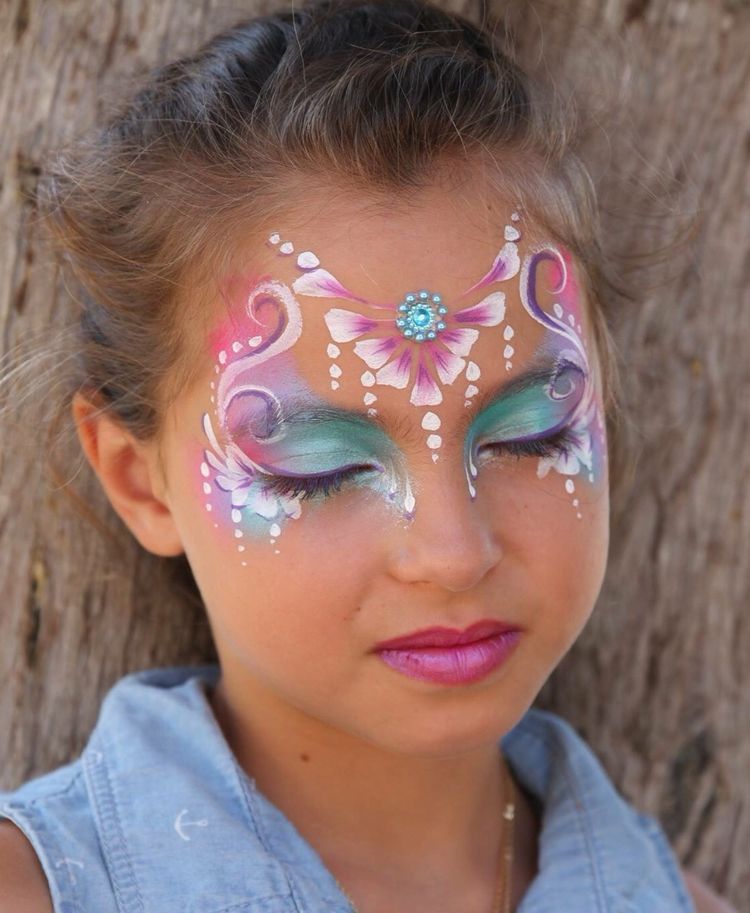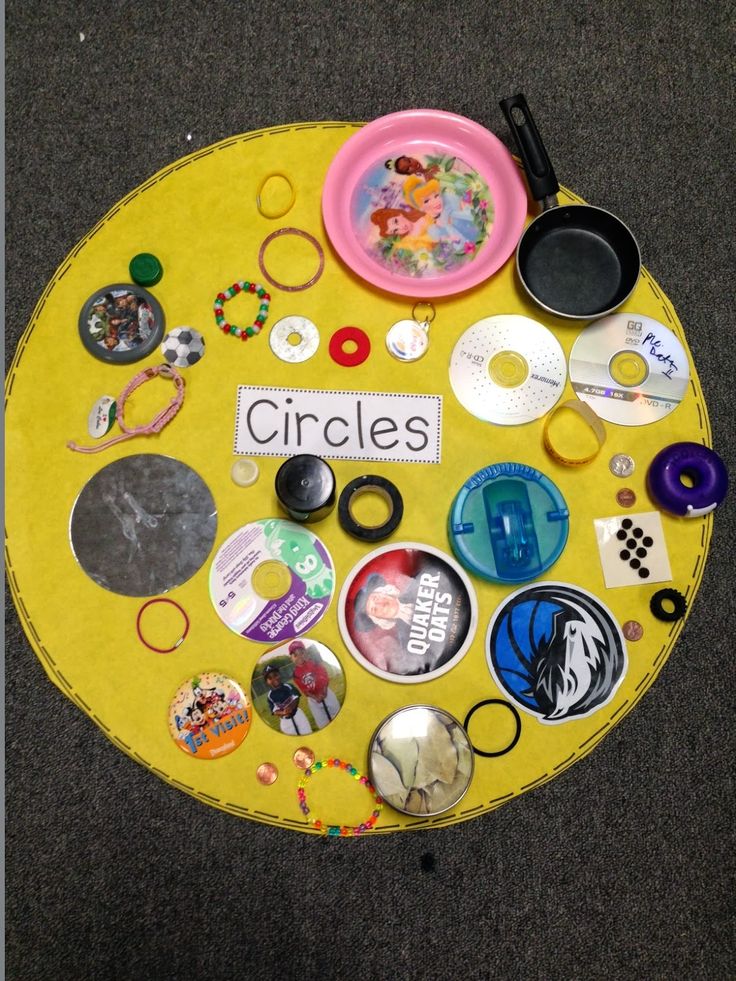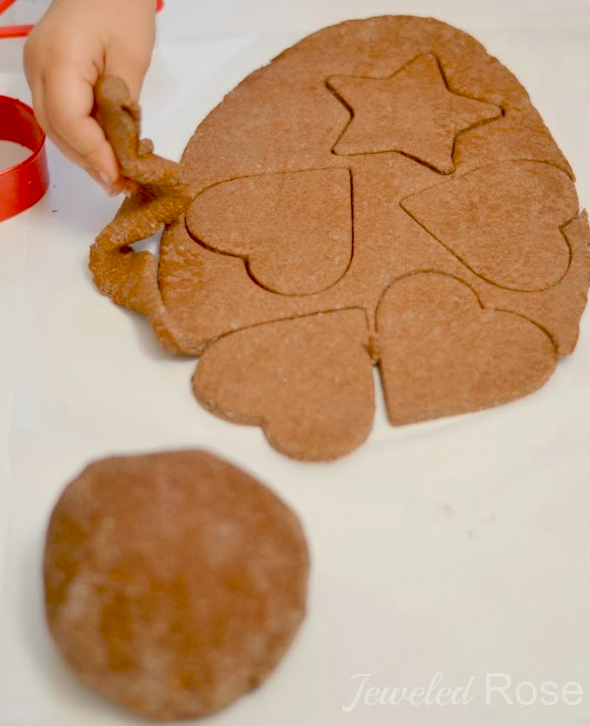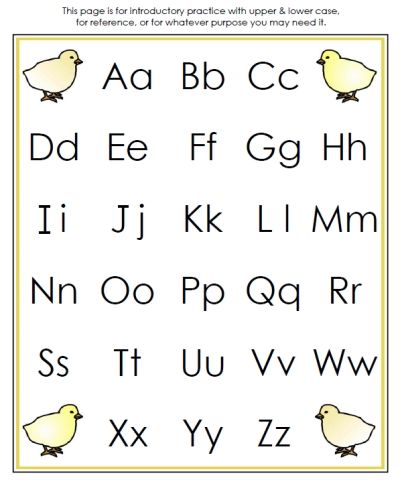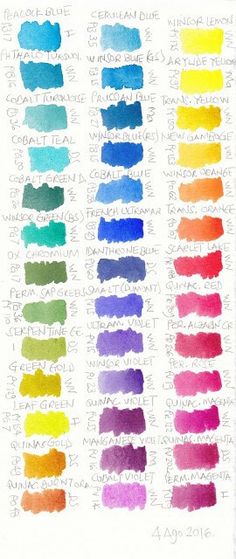Number sense activities
What All Teachers Ought To Know
Math tips and strategies for building number sense to 20 in Kindergarten and first grade: An extensive list of number sense activities and resources are included: books, materials, math manipulatives, and FREE activities!
The math tips and strategies you need for building number sense to 20 are right here. You will have everything you need to quickly implement and bring a wealth of number sense activities, games, and centers into your classroom or home.
Building Number Sense to 20
The activities, books, resource suggestions (including a FREE one) cover a ton of number sense concepts and are perfect for Kindergarten and first grade. Plus, find valuable number sense materials and manipulative suggestions, as well as freebies you can access today! Warning: It’s LONG but filled with so much you won’t want to miss anything!
Why is Building Number Sense Important?
Children need opportunities to learn and experience numbers. Learning to count, identify numbers, and understand quantity are a few of the essential concepts. Repeated experiences build understanding and fluency with numbers. These experiences help expand knowledge and learn new ideas. A strong number sense is vital for future understanding of more complex math topics.
The activities below are ones that have been used successfully. Use them as they are described or adapt them to your own needs. Be flexible. Have conversations about numbers and encourage questions. When there is an opportunity to order, count, match, or describe with a child, go for it! They benefit from seeing numbers in natural, fluid ways.
Make time for fun and engaging number activities daily and watch fluency develop.
Number Sense Concepts & Activities
Build Number Sense Through Counting
It is crucial to count with children every day. Repeated oral counting helps them hear what numbers sound like and to learn their order. Using math manipulatives, like counting chips, can help build a connection to verbal counting and counting objects.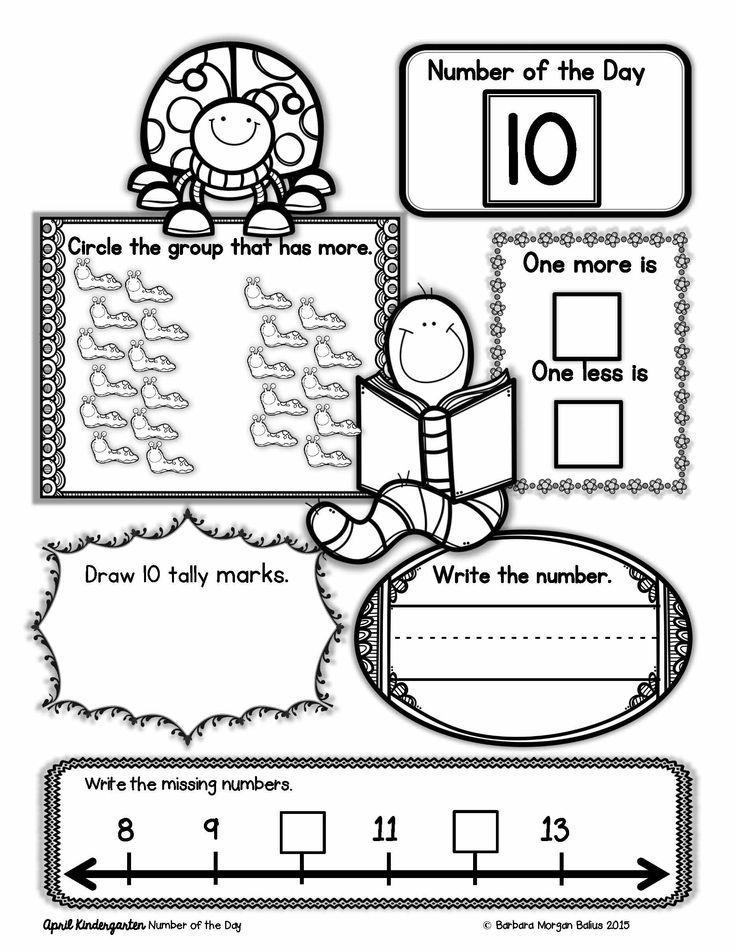 This one-to-one counting is an important skill that needs to be practiced often.
This one-to-one counting is an important skill that needs to be practiced often.
Activities
- Count out loud as a class starting at one and building to higher and higher numbers.
- Sit with a partner or in a circle and take turns counting by 1’s.
- As counting develops, teach number patterns and counting by 2’s, 5’s, and 10’s.
- Use a number chart to see what numbers look like visually. Point to each number as it is said.
- Encourage kids to practice one-to-one counting with small objects. Have small groups of objects set up in a center for them to count.
- Provide number cards (like those seen below) for kids to represent with counting chips.
Build Number Sense by Matching Numbers to Quantities
Provide materials for kids to count and connect with objects and numbers. This encourages children to see that numbers are more than words. Teach children that numbers have many representations, such as dots, fingers, counters, numerals, objects, ten frames, etc.
Activities
- Match two different types of objects together, such as five counting bears and a domino that shows five dots.
- Use links to create a number chain for a number.
- Work up to showing quantity with more than two types of objects (as seen in the photo).
- Have many different items available for activities, such as dice, dominoes, number magnets, bears, counting chips, cubes, and number cards.
- Match number cards from a card deck or game of Uno with dots on dominoes. Find every number combination on the dominoes.
- Complete number puzzles that have a different number representation on each piece. They help kids see that numbers can be modeled in many ways. These number puzzles to 20 are available as a FREE download further on.
- Encourage one-to-one counting with clip cards. Kids count groups of objects and clip the numeral that matches to the correct quantity.
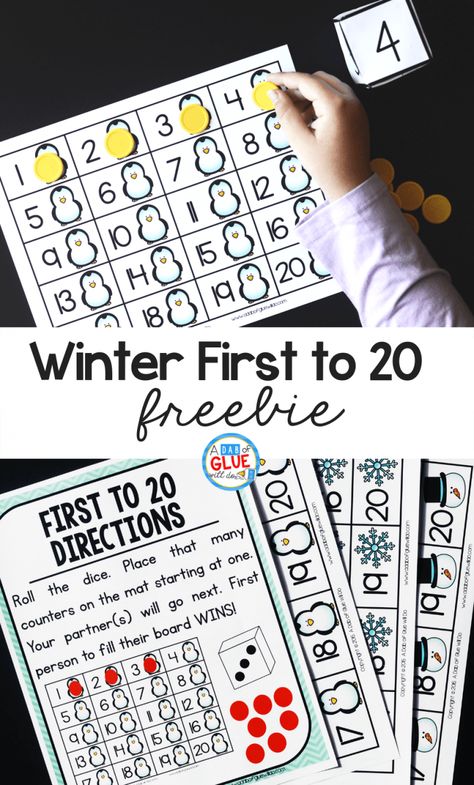
- Ten frames are great for organizing numbers so that they can be easily counted. Matching numeral cards with ten frame representations is simple, yet effective at connecting quantity with numbers.
Build Number Sense with Number of the Day
When kids see numbers in many ways at once in a repeatedly, their number sense develops. Pick a number of the day starting at one and dissect it during your math block.
Activities
- Learn about a specific number for each day that you have been at school. Teach and dissect that number during calendar time. Represent that number on a number line, count to that number, show that number with straws or cubes, etc.
- Use a number of the day poster or anchor chart to break numbers down. Create your number of the day poster with the FREE poster templates.
- Encourage kids to participate and show their understanding on paper or mini whiteboards. Ask a question, such as “How do we show 5 with tally marks?” and allow them time to try on their own.
 This makes an excellent fluency building warm-up to math lessons.
This makes an excellent fluency building warm-up to math lessons. - Read more tips on starting a number of the day routine in your classroom.
Build Number Sense by Ordering Numbers
Provide opportunities for kids to put numbers in order. While they put numbers or objects with numbers on them into the correct order, they are counting and building number sense.
Activities
- Provide opportunities with using a number line and number chart that puts numbers in order for us.
- Give sets of numbers to order correctly by finding them on the number line.
- Cover different numbers on a number chart with sticky notes and ask kids for the missing numbers.
- Build Lego stacks by putting the pieces together in an order written on the blocks.
- Work together with a partner to order number cards from 0 to 20. Create a number caterpillar like the one seen below.
- Number puzzles are a fun way to order numbers.
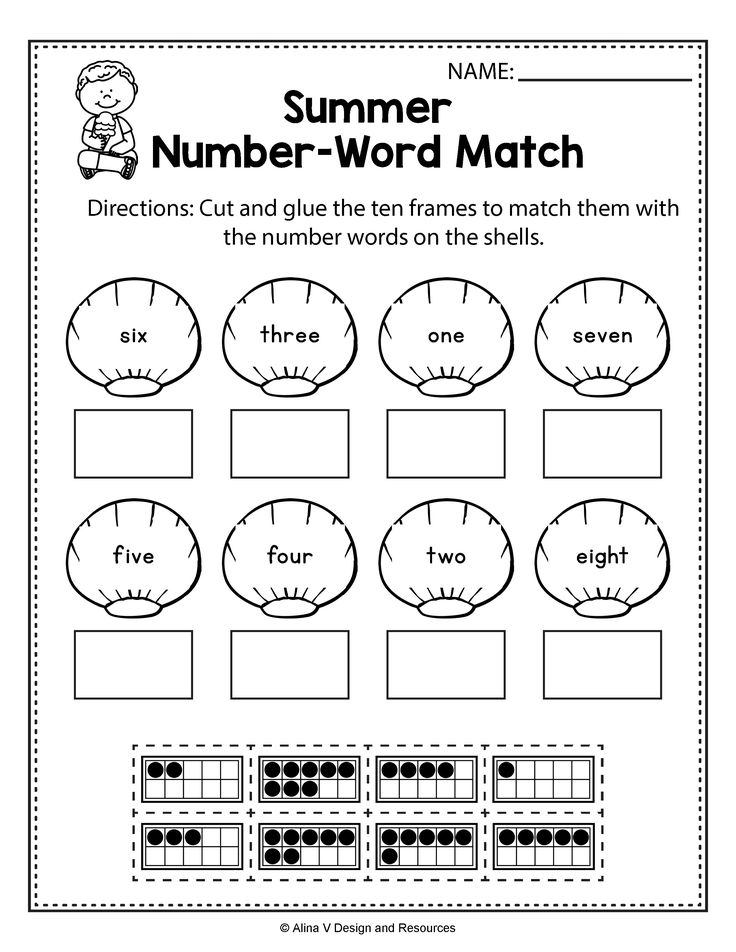 Put the strips in the right order to reveal a picture.
Put the strips in the right order to reveal a picture.
- Puzzles are simple and easy to create. Take an old puzzle and write numbers on the back of each piece.
- Grab a piece of paper and write numbers in rows. Cut out pieces randomly and trade with a partner. Put the puzzle back together again for practice.
- Complete a number order maze starting at 0. This activity can be reused when put into a pocket protector.
Build Number Sense with Place Value Activities
Teaching kids about place value should begin with teaching them to see ten in many ways. Move on to illustrating numbers with base ten blocks.
Activities
- Practice making groups of ten things. Group straws, beans, counters, or any small objects.
- Teach counting by 10’s to count groups. Extend to teaching groups first and then singles.
- Make groups of ten to get to the 100th day.
- Show and examine a tens block and ones block.
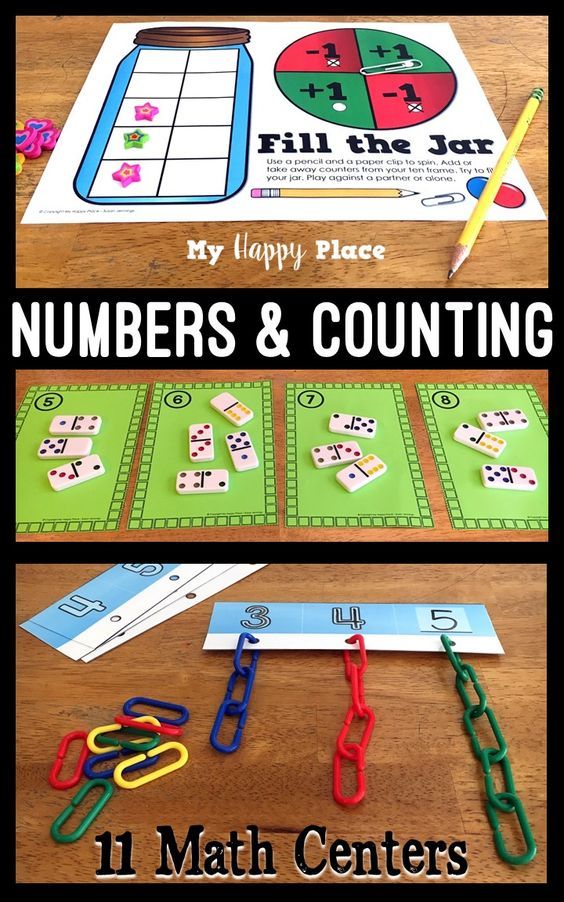 Discuss that a tens block has ten ones put together.
Discuss that a tens block has ten ones put together. - Use base ten blocks to represent numbers. Do plenty of examples where kids must use and count blocks. Use a chart to help count the blocks.
- Say “Show (or draw) me 14 with place value blocks!”
- Represent the number of tens and ones on place value mats (seen below). Ask questions like “How many ones are there?” or “How many groups of ten?”. Make sure they understand what each number within the number stands for (i.e., the 1 in 18 is a ten and not a one).
- Represent a number in different ways: expanded form, standard form, word form, numeral, etc. Worksheets like the one below, can help build this connection.
Reading and Writing Numerals
Kids are constantly surrounded by numbers in their environment. They quickly learn to recognize the individual numerals 0 to 9 through different experiences. Continue to encourage this familiarity by having numbers on the wall.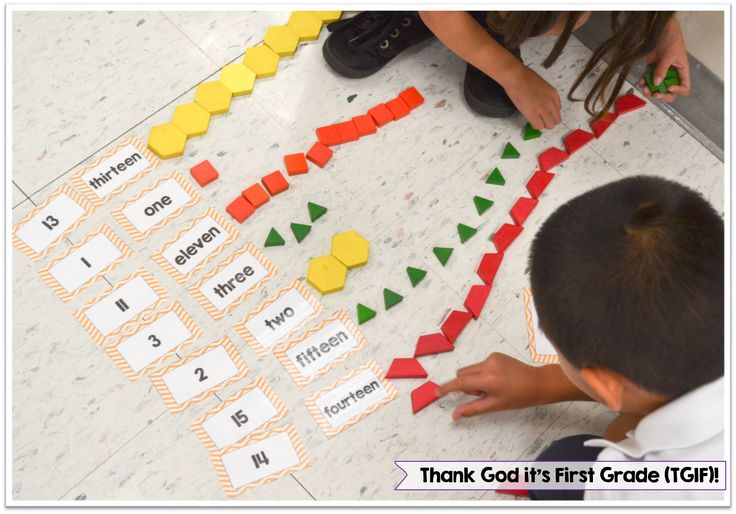 Posters, number lines, and calendars are helpful tools.
Posters, number lines, and calendars are helpful tools.
Activities
- Build numbers with playdough in a math center. Even something as simple as this playdough numbers activity here.
- Print numbers from 0 to 9 daily in different ways – in booklets, on whiteboards during math lessons, etc.
- Draw numbers on paper and give students do-a-dot markers or bingo dabbers to dot numbers.
- Use a Boogie Board (seen below) or whiteboard to practice numbers over and over quickly.
- Trace numbers frequently and repeatedly to build coordination and correct form. The mini-book below encourages this, as well as locating numbers.
- Encourage the correct formation of numbers by teaching it explicitly. The posters (seen below) are helpful tools to use and post on the wall.
- Catchy number poems help students visualize and remember number formation. Use your whole body to make actions or draw in the air.

Reading and Writing Number Words
Teach kids how to read number words as they learn to read. Teach each number word one at a time and how to spell them phonetically (when applicable).
Activities
- Have number posters with both the numeral and number word on it.
- Include number words on spelling lists so that kids learn to read and spell number words.
- Use a number of the day routine to teach and focus on one word each day.
- Match numbers word cards with numeral cards (seen below).
- Play memory with a partner with number words and numeral cards. Look for pairs (twelve and 12).
- Build recognizing and speed with mental math flash cards. Flashcards to kids, and they race to call out what they see (tally, numerals, number words, etc.).
Build Number Sense by Counting On and Back
Teach the strategy of counting on and back from a number to prepare kids for addition and subtraction.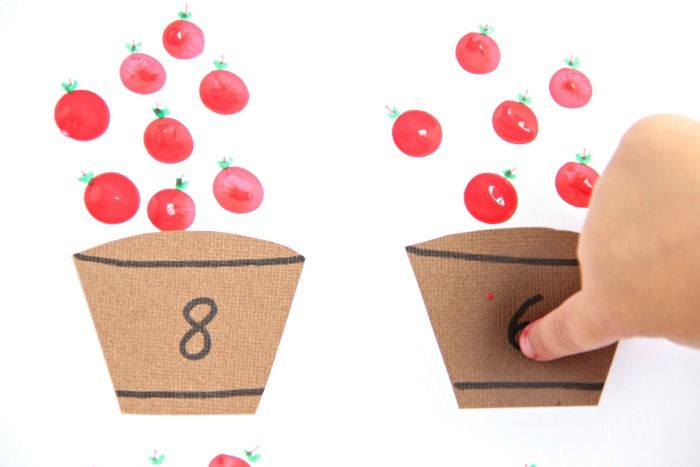
Activities
- Give students a number and a group of small objects to count on. Ask, “How many more do I have?” given 7 to start and a group of 9 counters to count on with.
- Play games with small objects and decks of cards where counting on is needed.
- Play a group counting game called ‘Around the World.’ Say a number, and each person counts on and says the next number as you go around the circle.
- Use small objects to count on or back from a number given (cubes, counters, dice, etc.).
- Put numbers in backward order. Take the ordering activities seen above and reverse them.
Build Number Sense through Estimating
Provide lots of opportunities for kids to guess how many things they see in their day to day lives. Ask prompting questions to encourage this thinking. Make sure kids know that they are estimating and that these are just guesses. Stress that estimates do not need to be exact but that they should be thoughtful. With more practice, estimations should become closer to the actual number of objects.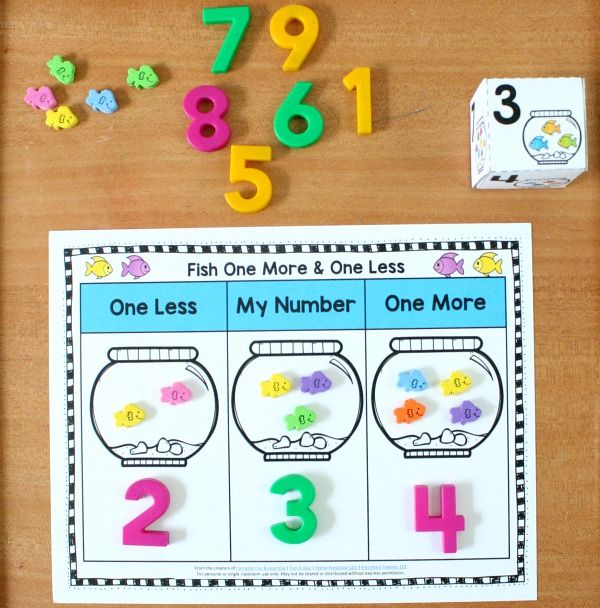
Activities
- Fill clear or open containers with different sized objects for kids to guess. Keep them simple and work up in difficulty and size of objects. Smaller objects and bigger containers are usually harder.
- Create an Estimation Station,” where containers are set up with objects inside. Kids can take a close look and make estimates.
- As a whole group activity, grab a pile of objects to show quickly. Cover them and have kids make guesses.
- Play ‘Show & Hide’ with a partner. Use a cup and put some small counting bears inside. Quickly show a partner, and then hide them. They make an estimate, and then you count together to check.
Build Number Sense by Comparing Numbers
As familiarity with numbers grow, so does an ability to compare numbers with each other. Provide opportunities to compare numbers daily. Ask questions about which number is bigger, smaller, or the same.
Activities
- Use a chart or number line to compare numbers.
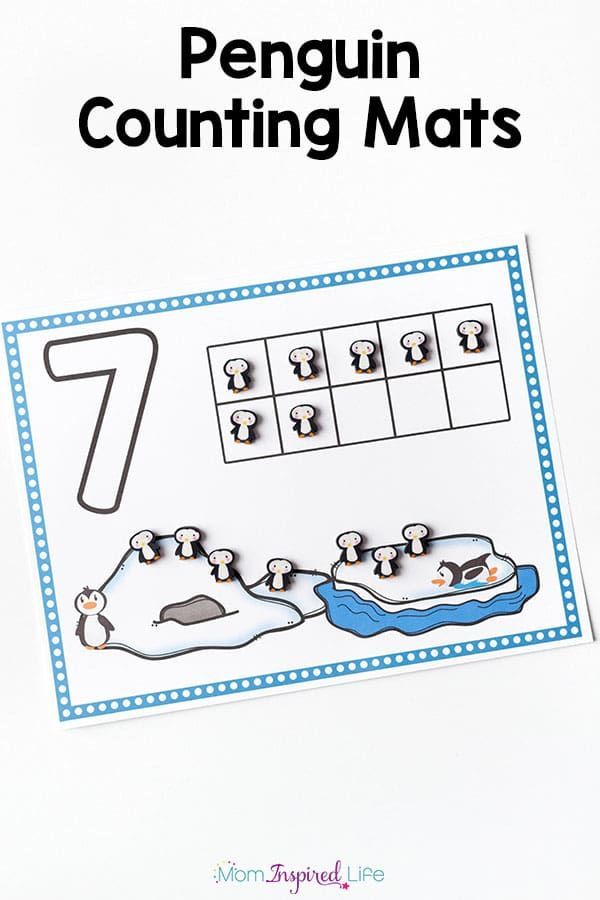
- Use small objects to make comparing easier. Say “Show 11 and 15 with cubes”. Ask, “Which number is smaller?”.
- Teach the symbols < > and = and what they each mean. Use the alligator strategy (The alligator likes to eat the bigger number) to remember the signs and what they mean.
- Create number towers. Kids use cubes to form towers to represent numbers. Compare two towers to see which is the tallest and, therefore, the bigger number. The alligator eats the bigger tower.
- Compare numbers with math tools and indicate the correct symbol on clip cards (seen below). As kids become fluent, they should recognize the correct symbol without support.
The activities seen in this post can be found in the following resources found on Teachers Pay Teachers.
Numbers to 5 for Kindergarten
Numbers to 10 for Kindergarten
Numbers 11-20 for Kindergarten
Mindful Math Kindergarten Curriculum
Numbers to 10 for First Grade
Numbers to 20 for First Grade
Mindful Math First Grade Curriculum
Free Number Sense Puzzles to 20
Prep this fun set of number puzzles for your classroom centers and help kids build their number sense!
Grab 20 FREE number puzzles with different representations on each piece by clicking the image below.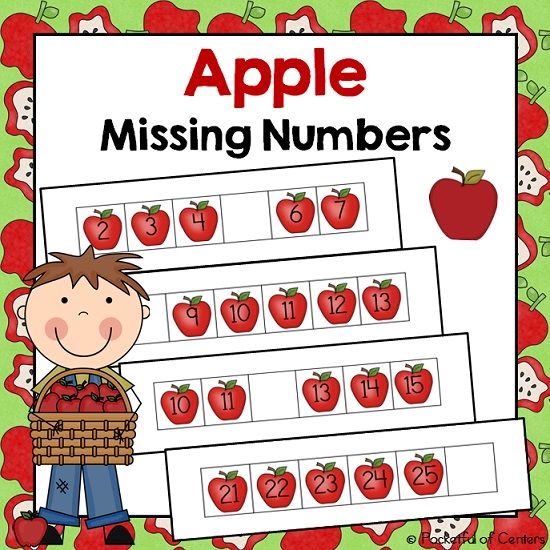
Number Sense Books
I Spy Numbers by Jean Marzollo
1,2,3 Peas by Keith Baker
ChickaChicka 1,2,3 by Bill Martin Jr.
Splash! by Ann Jonas (counting)
The Very Hungry Caterpillar by Eric Carle (counting)
How Do Dinosaurs Count to 10? by Jane Yolen
Number Everywhere by Elliot Kaufman
10 Black Dots by Donald Crews
How Many Bugs in a Box? by David Carter
How Many Snails? by Paul Giganti, Jr.
Ten Sly Piranhas by William Wise
None the Number by Oliver Jeffers
Zero the Hero by Joan Holub
More or Less by Stuart Murphy
Tally O’Mally by Stuart Murphy
Place Value by David Adler
What’s the Place Value by Shirley Duke
Quack and Count by Keith Baker
Betcha! by Stuart J. Murphy
Number Sense Materials
Try the Mindful Math Comprehensive Program
Read about the Mindful Math program and how it can change your math block in positive ways! This comprehensive math curriculum is available for Kindergarten, first grade, and second grade.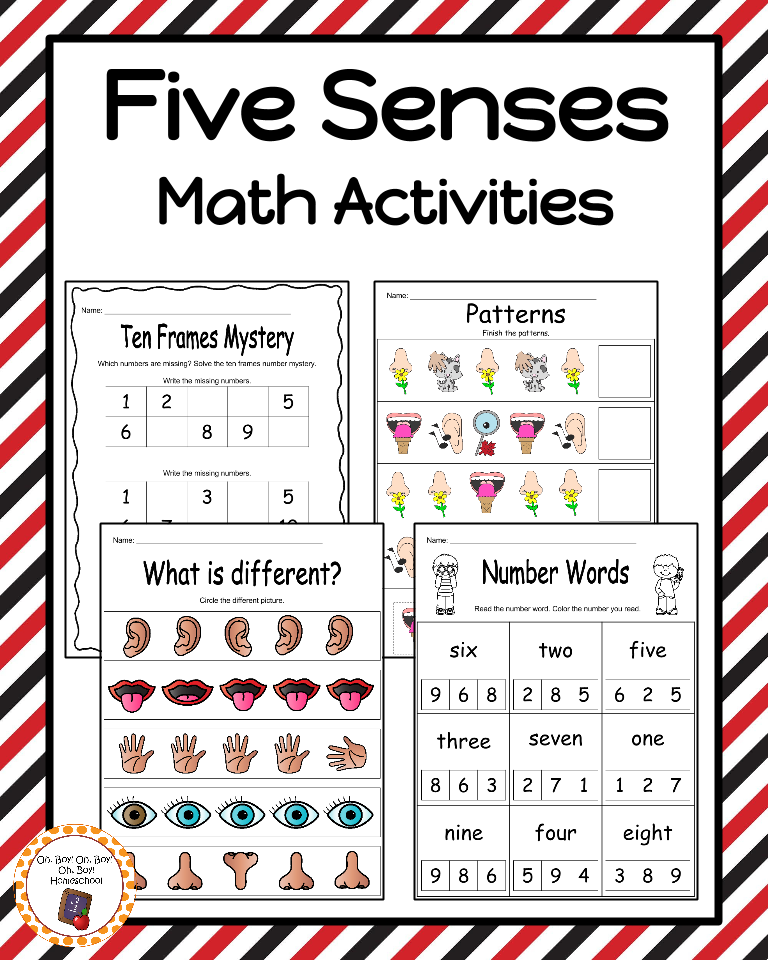
Learn More about Teaching Number Sense
Building Number Sense free email series
Number of the Day Activities
5 Tips for Building Math Fluency
PIN
FREE Number Sense Email Series
Sign up for the building number sense email series filled with effective strategies, must try activities, and FREE resources to build routines in your classroom. Everything you need to help kids grow their number sense and have fun at the same time!
First Name
Personal Email Address
We use this field to detect spam bots. If you fill this in, you will be marked as a spammer.
I'd like to receive the free email course.
This form collects information I will use to send weekly emails with strategies, promotions, and resources. Unsubscribe at any time. Powered by ConvertKit100 Number Sense Games and Printable Activities FREE
1st grade • Kindergarten • Kindergarten Math • MathJuly 30, 2021
by Deana
As you teach number sense, or a child’s ability to count understand the relationship between the numeral and a tangible objects, and write their numbers is is important that children have to keep them engaged and eager to learn. The most fun you can have is with number sense games. These fun number sense activities are great number sense activities for kindergarten, toddler, preschool, pre-k, and first grade students.
The most fun you can have is with number sense games. These fun number sense activities are great number sense activities for kindergarten, toddler, preschool, pre-k, and first grade students.
Number Sense Activities
Sometimes we tend to lean on worksheets and textbooks for teaching numbers because it’s easy and convenient, and of course, it works. However, our kids experience burnout if we don’t vary our methods from time to time. Help kids build number sense with these fun counting math games and hands-on experiences are just as effective as worksheets and textbooks and can provide a fun break from the norm. Sometimes, they make tasks such as learning to count, recognizing and writing numbers, and extensions of those activities easier and faster to learn! You may enjoy doing some of these fun number sense games with your children.
What is Number Sense
Number sense develops when students can connect an abstract numeral to a concrete example.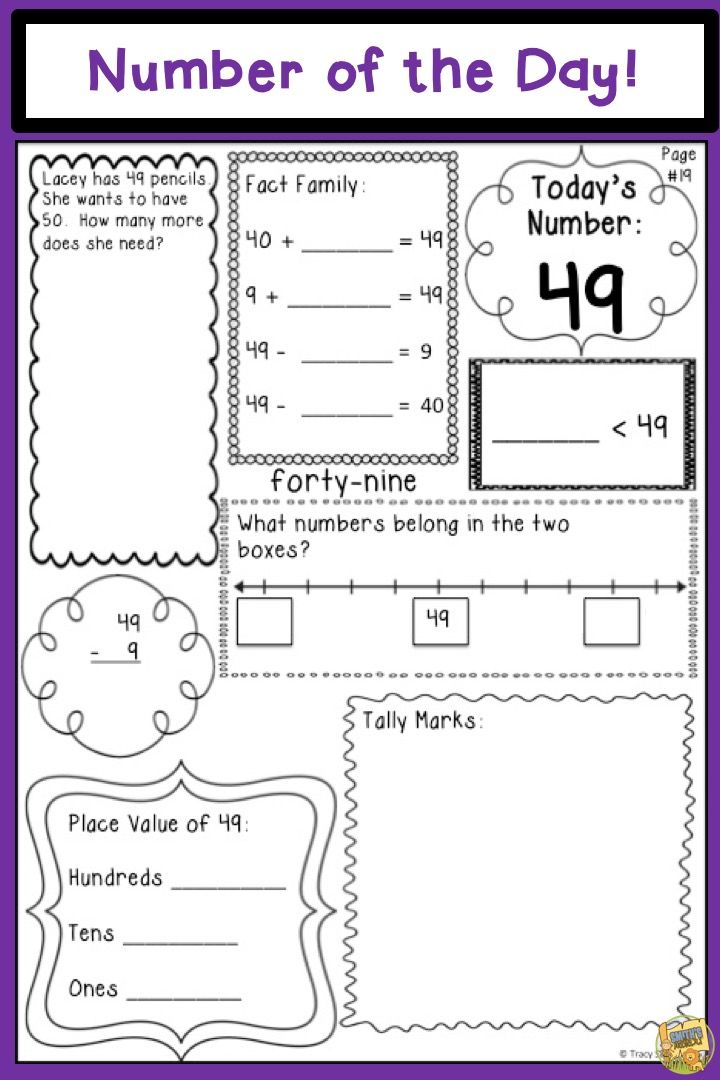 LIke 5 is the same as 5 pencils they can see. Students learn when the numbers get bigger, the pile of pencils gets bigger too. Students learn to count past the teens and understand a hundreds chart that all numbers that end in a zero like 10, 20, 30 are all part of the same column. This helps them to understand how numbers relate to one another.
LIke 5 is the same as 5 pencils they can see. Students learn when the numbers get bigger, the pile of pencils gets bigger too. Students learn to count past the teens and understand a hundreds chart that all numbers that end in a zero like 10, 20, 30 are all part of the same column. This helps them to understand how numbers relate to one another.
Number Sense Games
Games are a fun way to practice counting and understand number sense too! These super cute, free number sense activities are perfect for helping toddlers, preschoolers, kindergartners, and grade 1 students!
- Find some time in your day to practice number sense with this Number Sense Roll and Cover dice game.
- Need to work on how to use a number line for counting or solving math problems? Here is a huge list of 20+ number line activities and ideas to try!
- Dice are great for use in counting and number sense, so give some of these educational dice games a whirl.
- Small hands can mold and create visual representations of numbers with these playdough number mats.
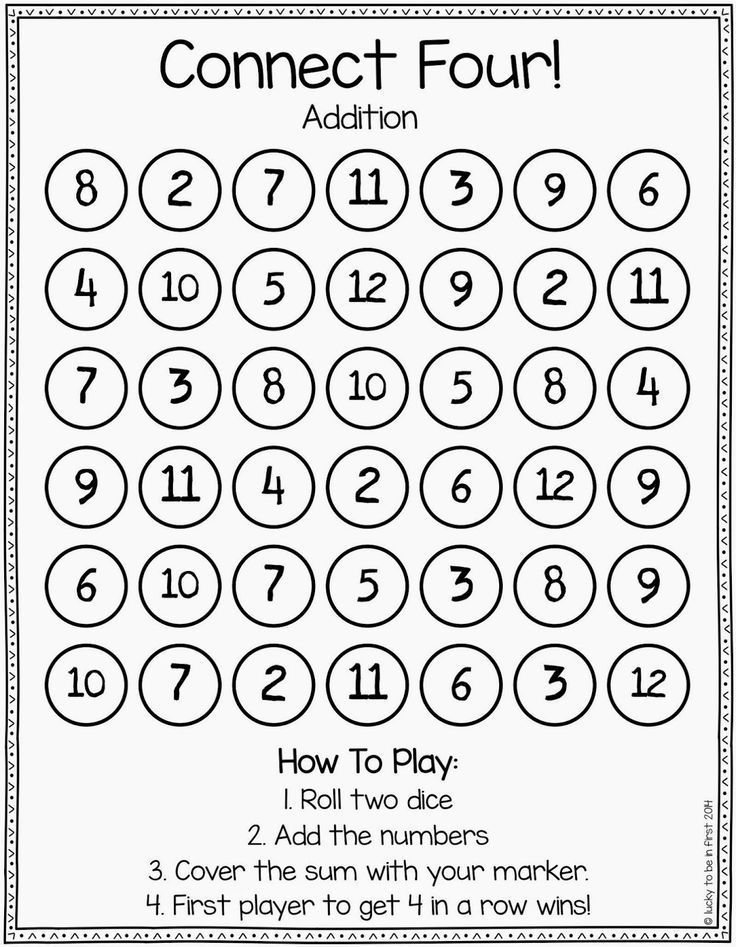
- April Showers Number Sense Activities
- It’s important to be able to understand the numbers 11-20, and this bug counting game is perfect to reinforce that skill.
- Try this fun pumpkin number sense activities for a fall themed math project
- This cute owl math craft is a fun, printable number craft for kindergarten
- Super cute lego number mats are great for building number sense
- Grab these handy, free printable number puzzles for kindergarten to work on number sense for numbers 1-20
- Super cute pumpkin pie number sense activities
Free number sense activities
- Got a child who loves building with Legos or Duplos? Then these Lego numbers printables will make their day!
- FUN Sandcastle themed counting and tracing numbers 1-10
- Practice counting and tracing numbers with these back to school themed Preschool Number Worksheets 1-10
- Work on recognizing numbers 1-10 with this fun and free dinosaur color by number worksheet pack
- Farm themed do a dot printables numbers for practicing counting and writing numbers
- Get more practice with number recognition with these zoo animals color by number worksheets
- Match numbers with their representations in bingo marker dots with this preschool math activity – because you know, all kids love playing with bingo markers!
- And here are some more do a dot printables numbers your child might enjoy.
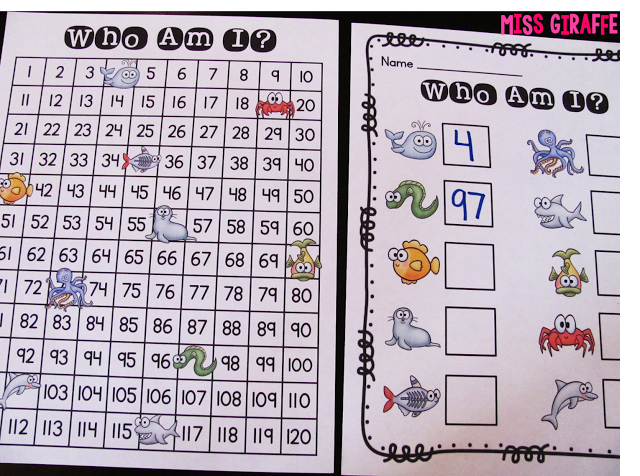
- If the sun is shining, why not play a preschool counting activity outside?
- Fun sticker activity helps preschoolers work on number recognition with fall preschool worksheets numbers
- Fun to colour pirate color by number worksheets for learning numbers
- Dive into the ocean to color by number to reveal these cute creatures with these ocean color by number
- Help kids work on those tricky teen numbers with these teen number worksheets
- Ready to cool off with this fun, pool count and trace activity
- Number strips 1-20 printable are an easy way to practice writing numbers to twenty
- How cute is this farm color by number pack for kids to work on number recognition!
Number sense math games
- If your little one needs some practice with a hundreds chart, have him/her try some of these hundreds chart activities.
- Like to play the classic Battleship board game? How about a twist on the game with this Number Chart to 100 Battleship Game.
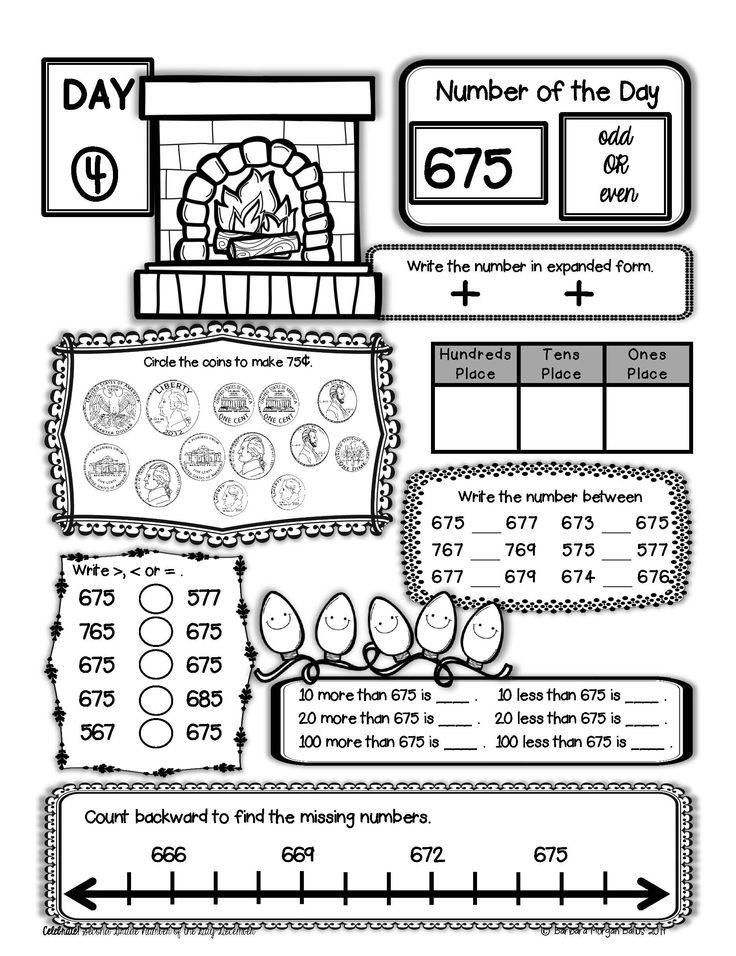
- Missing number on number line clip strips is an activity that can easily be turned into a hands-on game.
- Here are some hundreds chart printable that will give your child a solid foundation for working with numbers to 100.
- Help kids get familiar with the 100s chart with our fun free printable st patrick day worksheets
Number sense activities for kindergarten
Counting
- Super cute fingerprint counting printables for toddlers and preschoolers
- Children can practice with these fun counting to 100 games that can be played individually or with a partner.
- Use these preschool zoo printables to practice counting to 10 with animal cookies!
- Counting to 20 is a skill reinforced in this spring counting games for kindergarten 1-20.
- Never underestimate the value of a simple board game for counting practice – and here is a list of some classic family games to “hop around the board”.
- Count to 20 apple themed hole punching activity
- How cute is this printable Turkey Math craft for practicing counting 1-10
- Go on a safari while learning to count to 30 with this counting game.
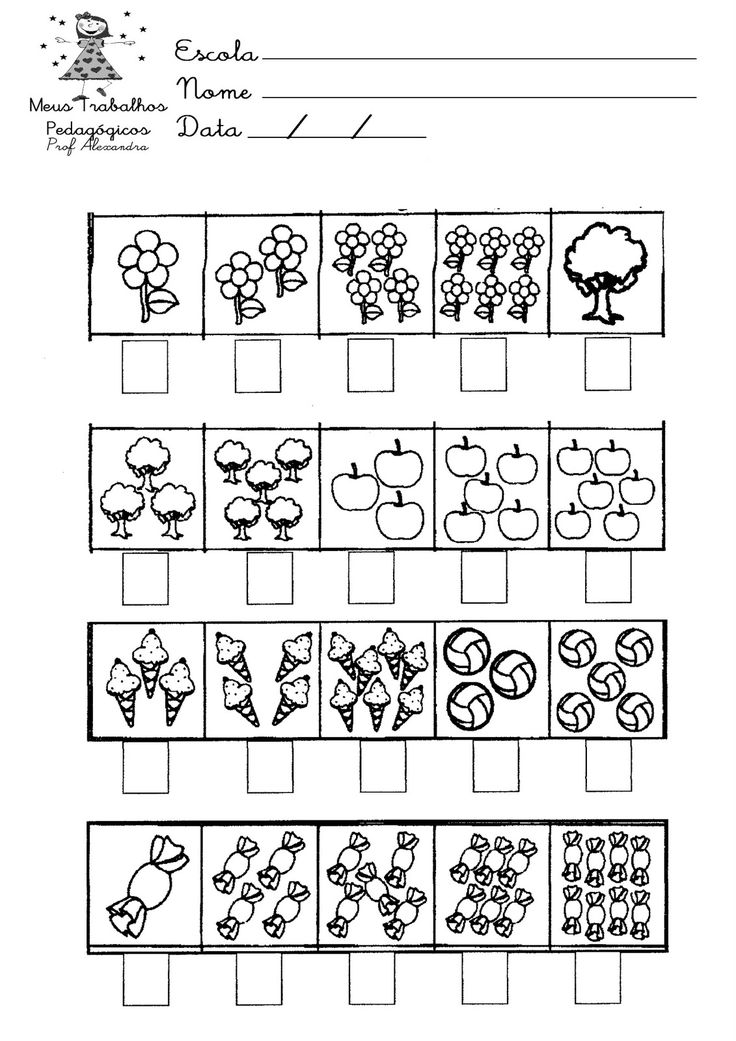
- Help the turkey get the correct number of candy corn feathers and practice tracing numbers 1-10 too with this fun candy corn counting worksheet
- Build a mouthwatering sundae with this fun counting objects to 20 activity
- Eeek! Check out this scary fun spider counting activities with playdough and spider web counting mats!
- Hands-on and fun Strawberry Preschool Counting Activities
- Count and trace numbers with this fun pearl counting to 20 worksheets activity
- Grab this dump truck counting mat to have fun counting to 20
- How cute are these free watermelon seed counting playdough mats!
- Zoo Animals Printable Number Sense Activity
Number sense games for 1st grade
Addition and Subtraction
- This number bond games can help cement basic addition and subtraction facts.
- Flowers are the theme in this number bonds activities, perfect to pull out in the Spring.
- For your apple themed learning unit, print out this apple number bonds to 10 practical activities.
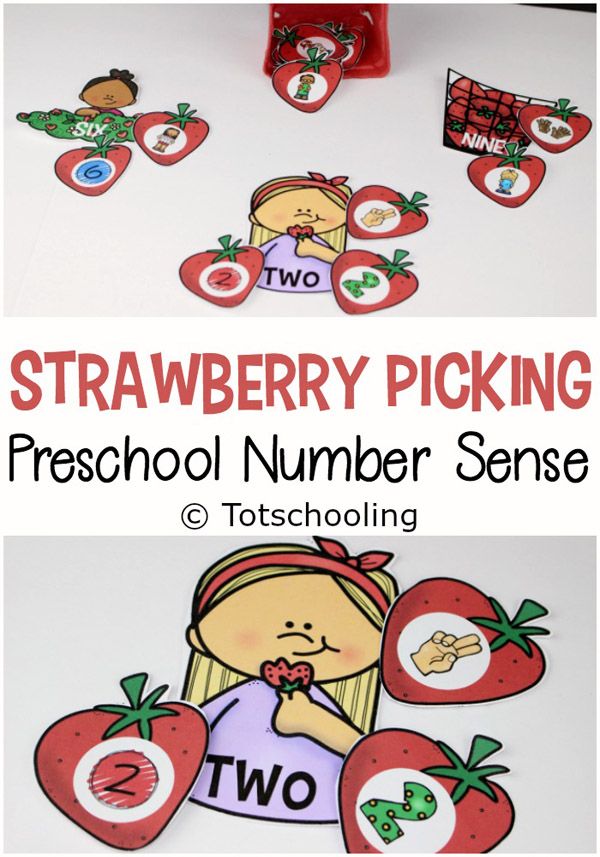
- Let little foodies enjoy pretending to make blueberry muffins while practicing with this addition activity for kindergarten.
- Super cute numbers bonds to 10 pumpkin themed math worksheets
- Fun-to-make number bonds to 10 fishing craft for kindergartners
- What kid wouldn’t love ice cream? This fun ice cream number bonds activities
- Puzzles are a fun activity and work well as a means to practice addition skills. Print out these butterfly addition puzzles to try.
- Fun number bonds worksheets perfect for back to school
- Kids will go nuts over this fun Star Wars addition within 10 game
- Use goldfish for this fun addition practice activity for kids
- Students will have fun practicing subtraction with this fun-to-make sandcastle subtraction craft
- Of if it is winter, try these cute snowman math crafts to practice addition and subtraction within 10.
- Children will squeal with delight as they match the rubber duckies with the correct bathtubs in this fun addition game
- Ready for spring planting? How about solving addition problems to sort the seeds by the correct packet for a fun math games for kindergarten.

Number sense game
Odd and Even Numbers Practice Games
- Hop and play outside while learning about odd and even numbers in this outside numbers game.
- This summer math game works year-round to review odd and even numbers.
- Children who like playing with toy cars will enjoy this parking space game – use it to practice odd and even numbers as well as other number concepts.
number sense activities for first grade
Ordinal Numbers Games
- Swatting huge flies in this exciting game gives children practice with ordinal numbers.
- A felt penguin counting game is a great way to break out some fun in cold weather months.
- These ordinal numbers worksheet coloring pages are a fun activity to keep little learners entertained for a period of time.
Fun number games
Place Value Games
- Let your child practice with these place value games to print while concocting an ice cream sundae.
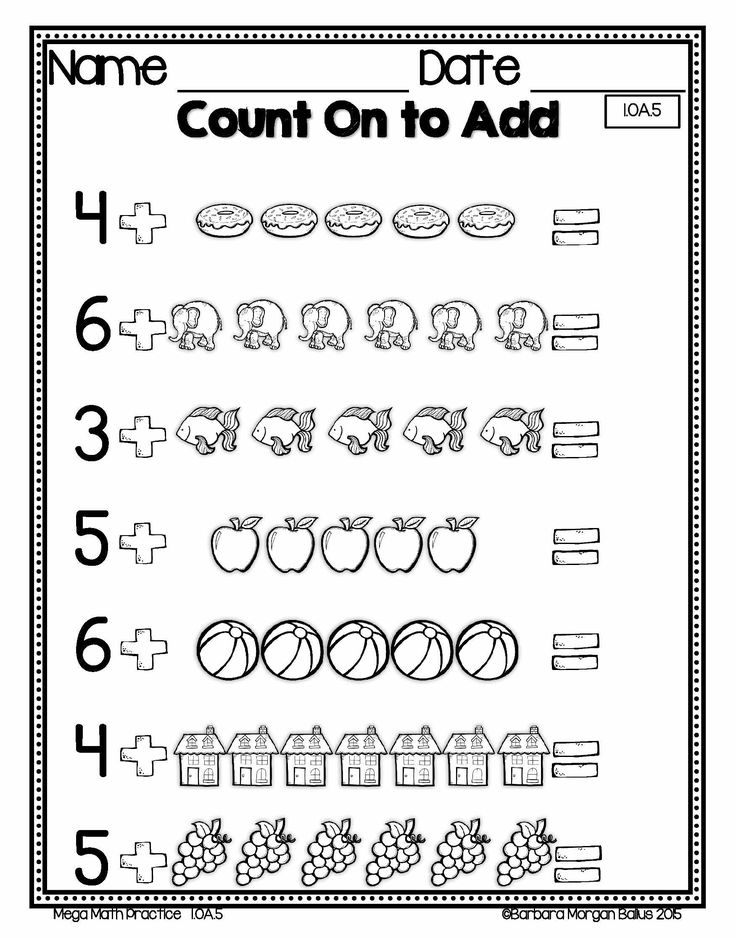
- This low-prep game board will help give your child a solid understanding of place value.
- For families with multiple children, or for co-op settings, try out this fun “I Have, Who Has” place value game.
Math number sense games
-
On a rainy day when you need something fun to do, pick up these free printable math cootie catchers. They are fun for some spontaneous practice.
- If you need a visual reference, or some flash cards with which to practice, these number wall cards printable are perfect!
- Spin and win with these frog math fun worksheets covering 2nd grade, 3rd grade, and 4th grade skills.
- Playdough, paints, building blocks, and more can be used with these simple number mats.
- Learn number words with these donut matching and tracing numbers words activity
Need more Math Games Ideas? Here’s a whole list of fun math games for kids!
Addition Practice
This is such a fun, hands on math game for kindergartners that helps achieve fluency while having FUN!
Free printable kindergarten worksheets
With so worksheet for kindergarten to look through, I want to make sure you find some of our most popular printable kindergarten worksheets.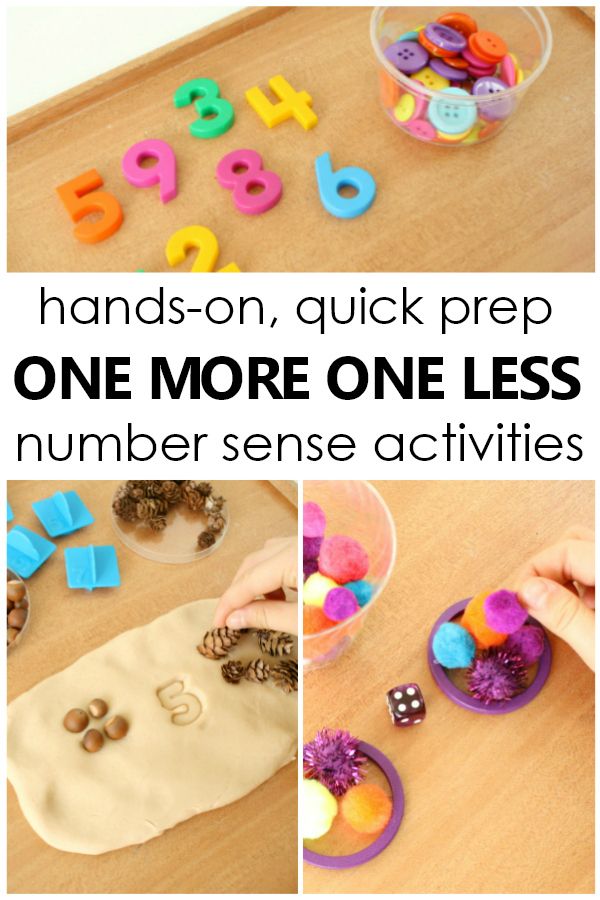 So start scrolling and enjoy!
So start scrolling and enjoy!
- Alphabet Worksheets – students will work on tracing letters from A to Z with these free printable, black and white printables.
- Writing Number Worksheets – children will practice tracing and writing numbers 1-20 with these blackline pages.
- Word Family Sliders
- Start out your day with this kindergarten calendar activity
- Make practicing math FUN with these free printable Math Crafts
- Work on discrimination with these Letter Recognition Worksheets
- Practice number recogition, letter recognition, and reading sight words with these Color by Code Worksheets
- These Alphabet Printable Hats are hugely popular and perfect for working on phonemic awareness and a letter of the week curriculum in kindergarten classrooms or homeschool.
- Learn vocabulary as you make your own Kindergarten Alphabet Mini Book has a book for each letter from A to Z.
- Alphabet Coloring Pages – adorable black and white sheets that feature ahuge capital letter with images that start with the same beginning sound for kids to color inside – great way for kids to build vocabulary
- Help kids explore the world around them with these fun, hands on kindergarten science ideas!
- Kindergarten Crafts arranged by month of the year!
Worksheets for kindergarten
- 50 Books for Kindergarten Book List – Books for Kindergarteners to read themselves
- Kindergarten Calendar Printable
- Days of the Week Worksheets
- Kindergarten Spelling Words – add a vowel practice
- Free Kindergarten spelling words Printable
- Hoppy Frog Math Game (addition within 10 and addition to 20)
- Goldfish Kindergarten Subtraction Games
- Roll to 100 Counting Game
- 100s Chart Battleship Game
- Flower Shape Kindergarten Math Crafts
- Kids will have fun as they color and learn with these Ordinal Number Worksheets
- Spring Kite Skip Counting Craft
- Pirate I Spy Worksheets
- Crack the Code Worksheet Pages for Kindergarten and first graders
- Playdough Subtraction Smash free printable math activity
- Dinosaur Theme Kindergaten Math Worksheets
- What Comes Next Kindergarten Math
- Free Ice Cream Math Worksheets
Kindergarten Phonics
- Short i cvc worksheets cut and paste pdf
- Short E CVC Words Booklet
- Crack the Code CVC Word Worksheets
- Short a CVC Word Book
- Crayon CVC Words Activity
- CVC Word Puzzles Free Printable
- Word Family Sliders Free – lots of styles to print in color or black and white
- Blowing Bubbles Word Family Activities
- Monster Match CVC Word Activity
Kindergarten Activities
- Free Printable Seasons Worksheets w/ Free 4 Season Printables
- Large Printable Weather Unit for kids
- Rain Cloud for Kids experiment and free worksheet
- Water Cycle for Kids Printable Book
- Lots of weather printables to help kids learn about weather terms while epracticing math and literacy skills
- Grab this free printable 5 senses preschool printables to explore the senses of sight, taste, sound, smell, and touch
- Human Body human body playdough mats – lots of choices to learn about various systems of the body including simple for preschoolers, skeletal system, organs, muscles, nerves, and more!
- EPIC, Life-size Human Body Project
- Amazing 5 Senses for kids lesson to explore with hands on activities, videos, books, and more!
- Try this Jelly Bean sense of taste activities for preschool experiment.
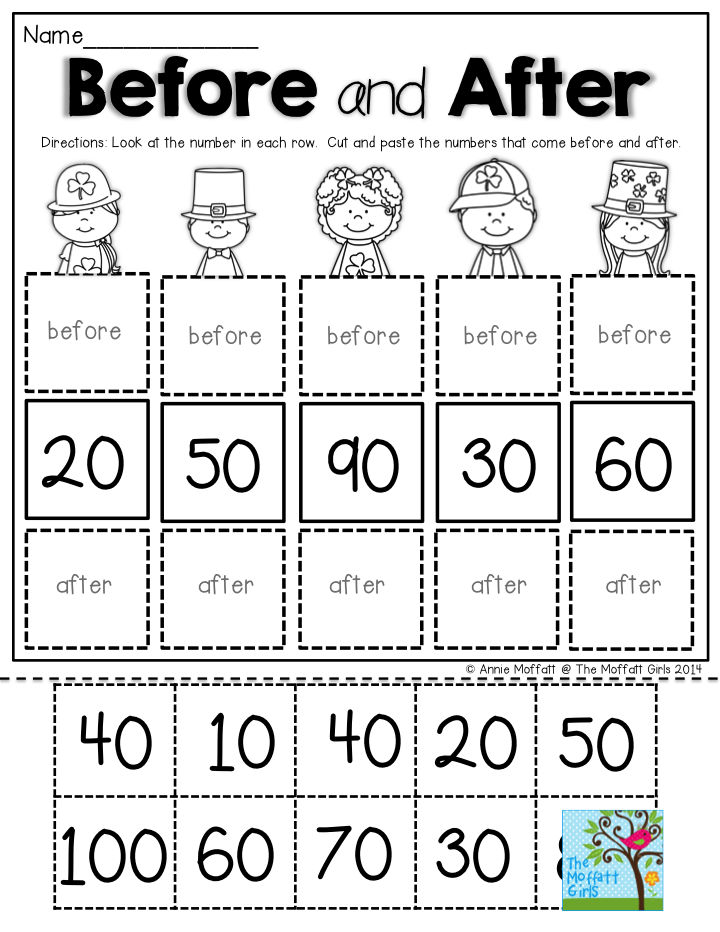
- All About Me Kindergarten (Expanding horizons social studies unit to teach kids about themselves, My Family, My Neighborhood, My Community Unit with lots of ideas & resources
- Where do I Live – free printable project and fun idea for explaining how you live in a house, on a block, in a city, in a state, etc.
- Free Community Helpers Coloring Pages – over 20 simple coloring pages exploring jobs
- Community Helpers Printables Wheel
- Handy Community Signs Worksheets
- HUGE Pack of Firefighter Worksheet to practice a variety of skills with kids 3-8
- Free Printable Community Helpers Matching Game
Counting Activities 0-10
If you are looking for some more fun, engaging, hands-on, and free printable counting activities for toddlers, preschoolers, and kindergartners – check out these great resources!
- 5 Little Monkeys Printable counting activity 1-5
- Counting Farm Animals – numbers 1 to 5
- Fruit Loops Ten Frame Math Cards
- Counting Umbrella Craft Preschool
- Barnyard Counting Clip Card (Counting 1-10)
- Caterpillar Numbers 1-10 Printable book to count, color, and trace
- Super cute, Free Playdough Number Mats
- Fingerprint Activity Worksheet
- Vegetables Counting From 1 to 10 clip cards (plus number words recognition too)
- Zoo Animals Counting Worksheet
- Firefly Free Printable Counting Worksheets
- Counting Apple Playdough Mats with ten frame (or this free printable apple counting book)
- Bowling Counting Activities for Preschoolers
- Firefly Printable Math Game
- Camping math activities for preschoolers
- SUPER cute Spider math activities for preschoolers with Playdough Mats
- Butterfly Ten Frame math activities for preschool or these butterfly math worksheets
- The Very Hungry Caterpillar Flashcards
- Donut Printables Counting Playdough Mats (number names)
- Free Printable Numbers 1-10 for Preschoolers (use with playdough, lego, stickers, etc.
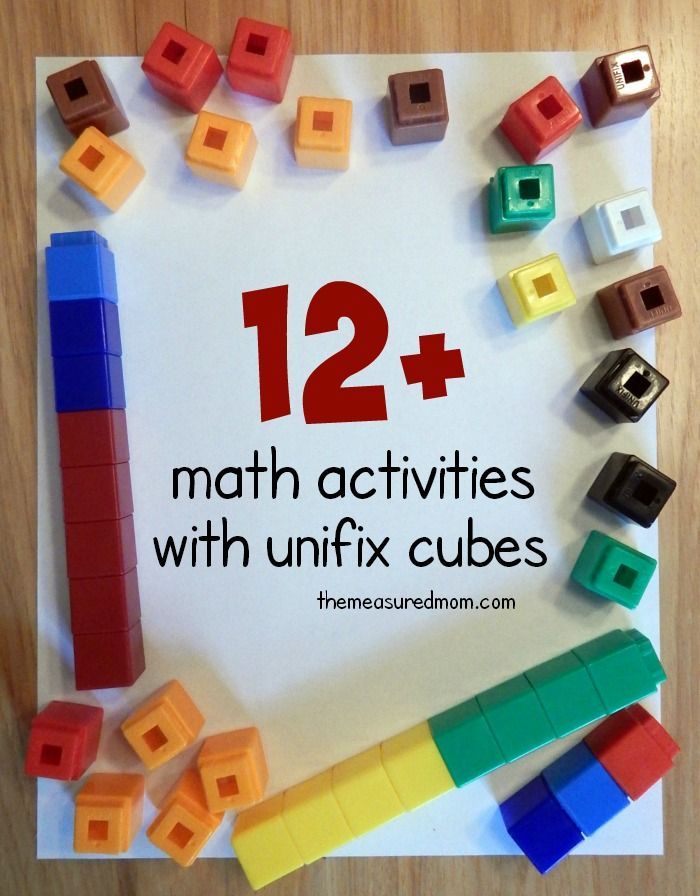 )
) - Plant a Number Line to 10 or practice counting with these bug worksheets preschool
- Fall Worksheets to work on counting with toddler, preschool, pre-k, and kindergarten
- Counting Wheels 0-10 – Counting Activity Preschool
- Sunflower Sunflower seed counting activity (counting to 10)
- Ice Cream Counting Printable Scooping Numbers 1-10
- Lemonade Stand ten frame math worksheets with playdough or this ladybug counting activity
- Turkey Candy Corn Counting Worksheets (numbers 1-10)
- Pizza Counting Game or this Monster Teeth Playdough Mats
- FUN Goldfish Printable Counting Cards (1-12 Counting Goldfish Activity)
- Peanut Butter and Jelly Sandwich Counting Games for Preschoolers
Counting Activities 1-20
- Flower Tracing Numbers 1-10 pdf
- Lego Numbers Printables – brick duplo mats to count and trace
- Counting Animals Worksheet 1-10
- Count to 10 Free Dauber Printables
- Watermelon Printable Counting Activity
- Counting Snowman Printables
- Printable Teen Number Games
- Counting Bugs 1-10 Coloring Book for preschoolers
- 1:1 Correspondence Pom Pom Counting Activity
- Bird One to One Correspondence Activity with free printable and jelly beans
- Counting Spaghetti and Meatballs Game
- Penguin Counting Worksheet
- Flower counting activity for preschool with circle stickers
- Free Watermelon Seed Counting Activity (Numbers 1-15)
- Counting practice with Strawberry activities for toddlers
- Monster Counting googly eyes printable (0-20)
- Cute Dump Truck Counting Mat (1-20)
- Flip-Flip Counting to 20 printable activity with stickers
- Corn-on-the-Cob Count to 20 Activity
- Pool Numbers Counting 1 to 20
- Catch 20 Bug Counting Game
- Kindergarten Teen Numbers Worksheets 11-20
- Summer Count to 20 Playdough Maths Activities (spring playdough mats)
- Handy Free Printable Number Puzzles 1-20
- Pearl Counting to 20 Worksheets
- Free Counting games for kindergarten 1-20
- Counting to 10 Little bo peep activities for preschool
- Monster Counting Games for Kindergarten 1-20
- Rocketship Number Recognition 11-20 Games
- Numbers 1 to 20 Worksheets (or if you are in fall try these numbers 11 to 20 worksheets)
- Pirate Numbers 11-20 Worksheets pdf
Counting Activities 1-100
- Gumball Counting Activity with free printable template (1-30)
- Free Number Train Printable – practice counting to 20, 1-100, or skip counting
- Bugs Counting to 30 Activities
- Safari Count to 30 Game
- Around the World Puzzles – Counting to 50 Activities
- Bee 1 to 50 Counting Game
- Zoo Animals Printable Number Sense Activity
- Roll to 100 free printable
- Construction Number Recognition Games 1-100
- Hands-on, free printable Domino math games kindergarten
- Flower Spring Number Puzzles
- Free printable Counting to 100 games
- Missing Number Worksheets 1-100
- Around the World Count to 100 Puzzles
Number Worksheets
Plus don’t miss our sister site – Kindergarten Worksheets and Games .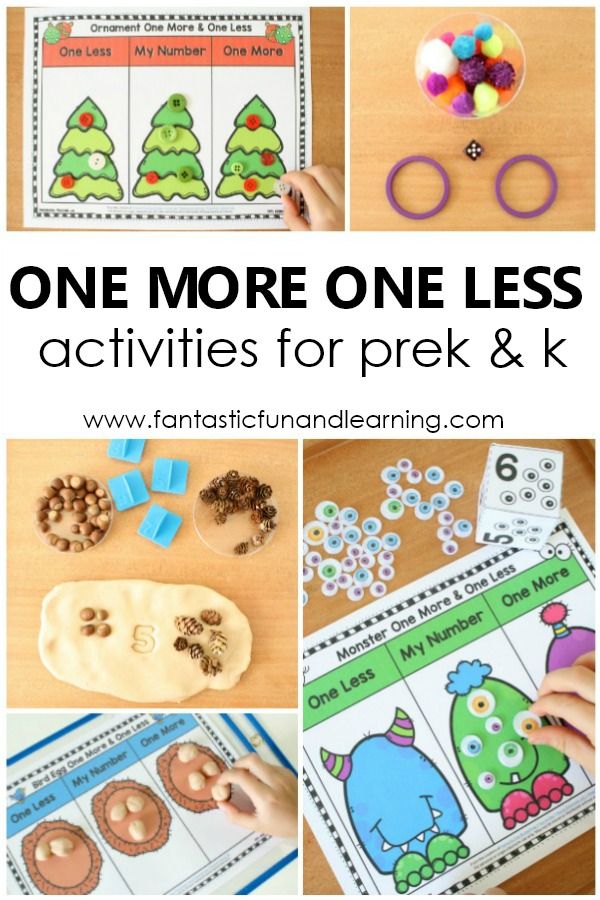 This site containes all FREE printables and is dedicated soley to Kindergartners! Looking for more fun, creative ways you can begin your free homeschool? We have over 1,000,000 pages of FREE Printable Worksheets including resources for: pre k worksheets, kindergarten worksheets, 1st grade worksheets, 2nd grade worksheets, 3rd grade worksheets, 4th grade worksheets, 5th grade worksheets, 6th grade worksheets, and more. Plus see our history lessons for kids, hands-on countries for kids, printable math games, language arts worksheets, sight word worksheets, free alphabet printables, and cvc word activities for kids of all ages! And our hugely popular Pipe Cleaner constellation activities
This site containes all FREE printables and is dedicated soley to Kindergartners! Looking for more fun, creative ways you can begin your free homeschool? We have over 1,000,000 pages of FREE Printable Worksheets including resources for: pre k worksheets, kindergarten worksheets, 1st grade worksheets, 2nd grade worksheets, 3rd grade worksheets, 4th grade worksheets, 5th grade worksheets, 6th grade worksheets, and more. Plus see our history lessons for kids, hands-on countries for kids, printable math games, language arts worksheets, sight word worksheets, free alphabet printables, and cvc word activities for kids of all ages! And our hugely popular Pipe Cleaner constellation activities
You may also like
July 15, 2016
September 3, 2013
June 28, 2021
January 17, 2021
October 8, 2012
May 10, 2021
July 1, 2021
August 4, 2021
About the author
Deana
Deana Hipwell is a homeschool mom of 3 from North Carolina.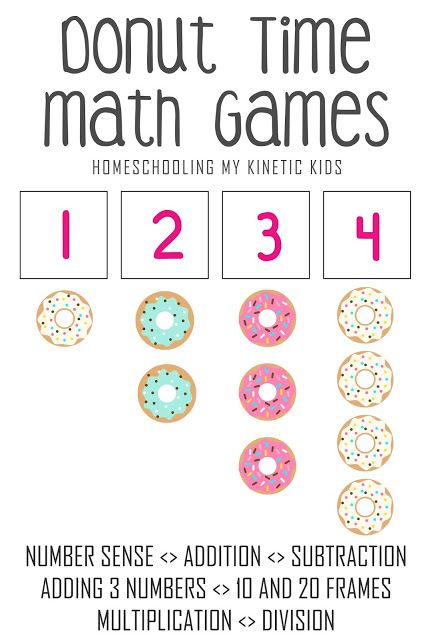 She's been The Frugal Homeschooling Mom for the past 8 years since quitting her job as a public school teacher to stay at home and teach her own. She is also the founder of the charitable organization, Homeschool Curriculum Free for Shipping which benefits over 13,000 families nationwide.
She's been The Frugal Homeschooling Mom for the past 8 years since quitting her job as a public school teacher to stay at home and teach her own. She is also the founder of the charitable organization, Homeschool Curriculum Free for Shipping which benefits over 13,000 families nationwide.
df6d763ecdb105704c5a0dba9138de83
In addition, a person has a symbolic sense of number associated with the use of mathematical symbols, for example, numbers (actively develops in children with the beginning of mathematics at school). With age, in educational and professional activities, we increasingly use the symbolic assessment of quantity. However, the non-symbolic sense of number does not die out with age.
Throughout the whole time, it is precisely this that makes life easier for us in everyday situations: choose a shorter line at the store, a handful of sweets more - so to speak, "by eye", and much more.
In recent years, there has been a significant interest of researchers in this topic.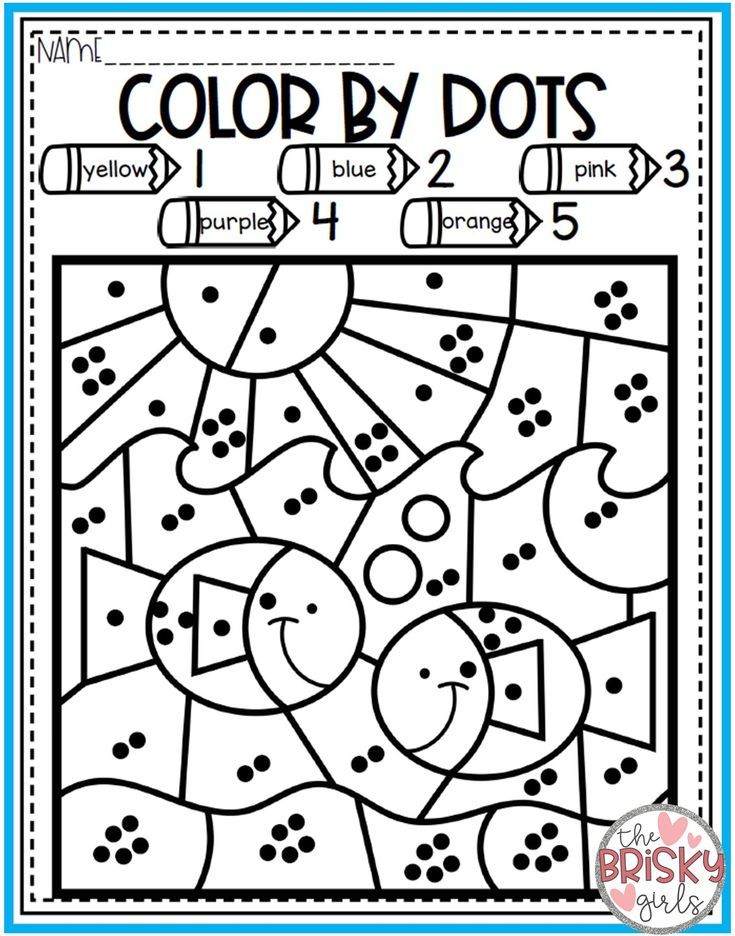 Scientists are trying to answer the question of whether a non-symbolic number sense predicts academic success in mathematics. There is no single answer to this question yet. As well as understanding how the non-symbolic sense of number “works” and through what mechanisms. These issues are dealt with by the scientific team of the laboratory of age-related psychogenetics of the Psychological Institute of the Russian Academy of Education and the Research and Design Center for Cognitive Neurosciences and Neurotechnologies of the National Research University “BelSU”.
Scientists are trying to answer the question of whether a non-symbolic number sense predicts academic success in mathematics. There is no single answer to this question yet. As well as understanding how the non-symbolic sense of number “works” and through what mechanisms. These issues are dealt with by the scientific team of the laboratory of age-related psychogenetics of the Psychological Institute of the Russian Academy of Education and the Research and Design Center for Cognitive Neurosciences and Neurotechnologies of the National Research University “BelSU”.
IMG_20210713_150001
“Our task is to identify the psychophysiological mechanisms of the non-symbolic sense of number, those regions of the brain that are associated with systems of approximate estimation of quantity, and to evaluate the participation of each of them in the realization of this ability in humans, depending on the conditions for estimating the quantity,” says Marina Mikhailovna Lobaskova, Candidate of Psychological Sciences, Senior Researcher at the Laboratory of Developmental Psychogenetics of the Psychological Institute of the Russian Academy of Education, head of the grant from the Russian Foundation for Basic Research on the topic “Cognitive and psychophysiological mechanisms of number sense”.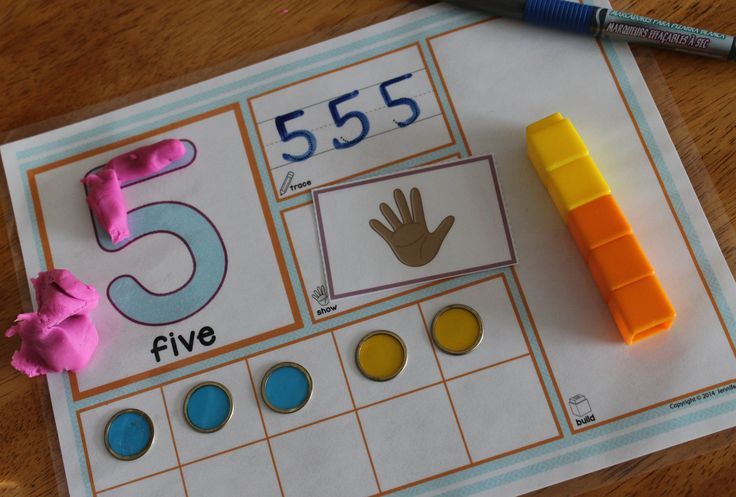 To discover these mechanisms, scientists use brain recording techniques to help capture these temporal and spatial differences. Only such a combination will make it possible to evaluate directly the psychophysiological mechanisms of non-symbolic evaluation of quantity.
To discover these mechanisms, scientists use brain recording techniques to help capture these temporal and spatial differences. Only such a combination will make it possible to evaluate directly the psychophysiological mechanisms of non-symbolic evaluation of quantity.
“For the first time in world practice, we have developed an experimental paradigm for assessing the temporal and spatial characteristics of brain activity in the process of assessing the quantity,” adds Yulia Alexandrovna Marakshina, Candidate of Psychological Sciences, Senior Researcher at the Laboratory of Age-Related Psychogenetics of the Psychological Institute of the Russian Academy of Education, member of the research team . – To do this, we use modern methods of recording brain activity – electroencephalography (EEG) and fNIRS (near infrared spectroscopy). Identification of the relationship of neurocognitive mechanisms of number sense with working memory, cognitive control and mathematical achievements of adolescents contributes to the development of interdisciplinary areas in cognitive psychophysiology and developmental psychology.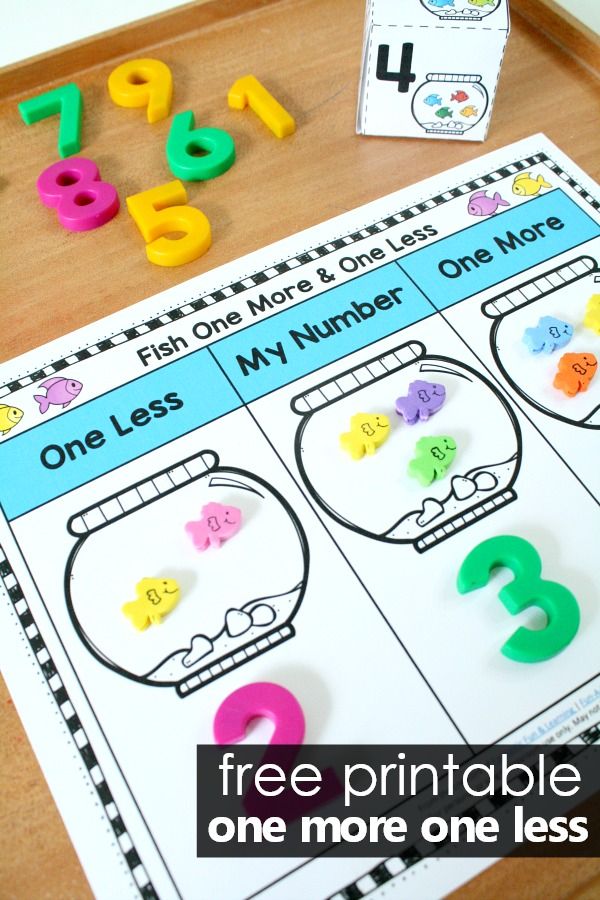
Now scientists are at the stage of collecting neurophysiological data using a 64-channel EEG system with active gel electrodes (Brain Products, Germany) and a mobile fNIRS system (NIRx, Germany) based on the Research and Design Center for Cognitive Neurosciences and Neurotechnologies of the BelSU ” in cooperation with the Open Engineering School of the National Research University “BelSU”. The study participants were adolescents aged 11-16 years. The analysis of the obtained data is already being carried out, which will make it possible to compare the brain activation of adolescents in the process of performing special tasks.
IMG_20210713_145859
“While the EEG method has long been known and widely used in scientific research, the fNIRS method is relatively new in this area,” explains Maria Alexandrovna Sitnikova, Director of the Research and Design Center for Cognitive Neurosciences and Neurotechnologies of the National Research University BelSU. – Near infrared spectroscopy (fNIRS) is a new method of functional neuroimaging.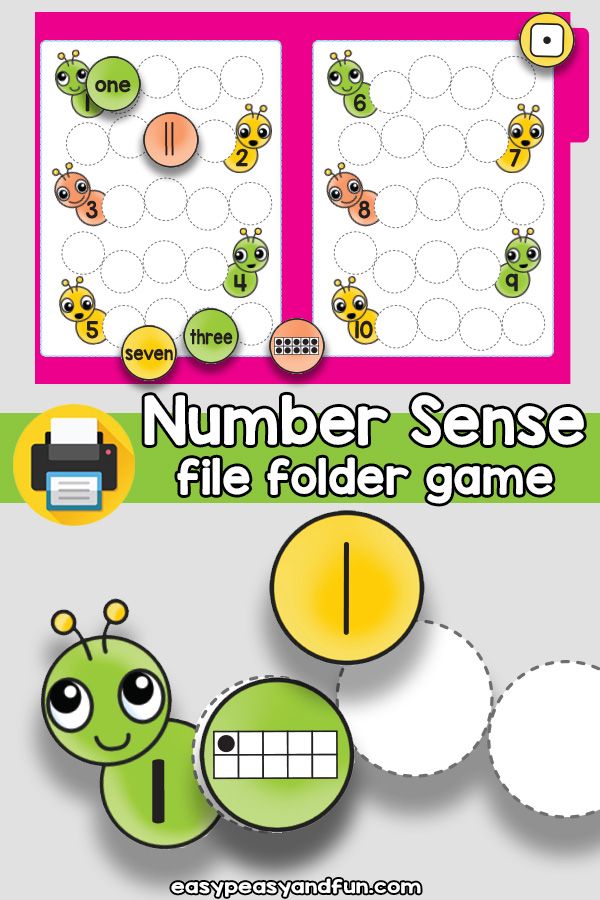 The technique is similar to functional MRI, however, using fNIRS it is possible to assess brain activation in real, not just laboratory conditions. Even outdoors during physical activity or daily activities. The fNIRS system produces light in the near infrared range in the form of two waves of different wavelengths, thanks to which it is possible to recognize two states of oxygenation (oxygenation) of hemoglobin, which allows you to evaluate the activity of all areas of the cerebral cortex in real time. This method will help us identify the areas of the brain involved in the implementation of the sense of number.
The technique is similar to functional MRI, however, using fNIRS it is possible to assess brain activation in real, not just laboratory conditions. Even outdoors during physical activity or daily activities. The fNIRS system produces light in the near infrared range in the form of two waves of different wavelengths, thanks to which it is possible to recognize two states of oxygenation (oxygenation) of hemoglobin, which allows you to evaluate the activity of all areas of the cerebral cortex in real time. This method will help us identify the areas of the brain involved in the implementation of the sense of number.
The researchers hope that the study of the sense of number with the help of modern psychophysiological methods will help clarify the issue of its mechanisms, and in the future - the role of the sense of number in the development of mathematics. The acquired knowledge can be used in organizing the successful mastering of mathematical knowledge in school lessons, when working with difficulties that arise along the way (for example, dyscalculia - a violation of the development of arithmetic).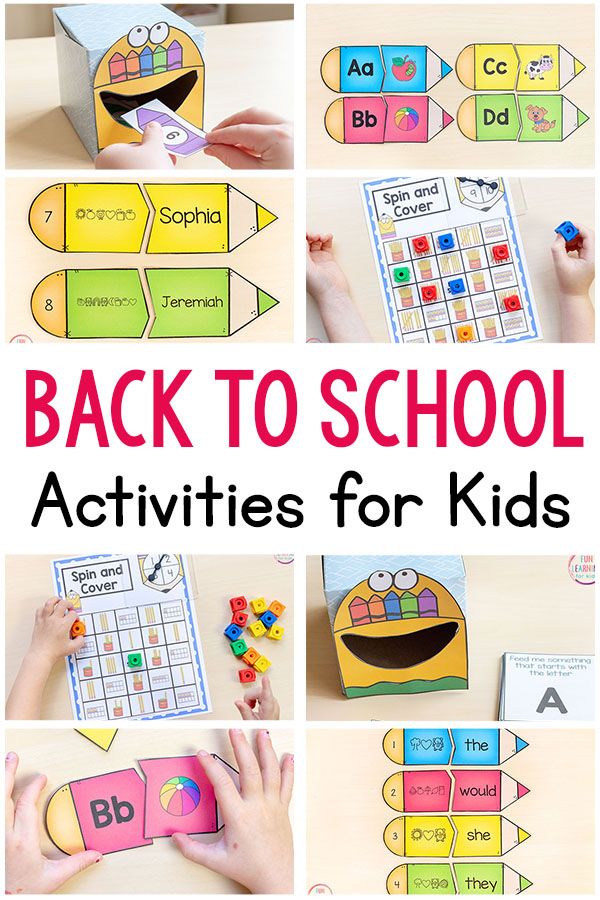
IMG_20210727_140317
Scientists also use diffuse optical tomography (DOT) in their research. This is a neuroimaging technique that uses infrared radiation to image the human body. The technology measures the optical absorption of hemoglobin and relies on its absorption spectrum as a function of oxygen saturation. This is a non-invasive, relatively cheap and simple method that allows you to examine even the brain of newborns. This method of brain imaging allows you to create three-dimensional images. Its main advantage over other methods is the ability to track the dynamics of blood flow in the brain tissues at different depths, while excluding changes in oxygen saturation in other tissues, such as the skull or scalp. DOT uses infrared radiation. Scientists are confident that the method is harmless, unlike computed tomography, in which the image is formed from layered x-rays.
https://scientificrussia.ru/articles/cuvstvo-cisla-kommentarii-ucenyh-niu-belgu
Obsessive-compulsive disorder
A prominent role among mental illnesses is played by syndromes (complexes of symptoms), united in the group of obsessive-compulsive disorder (OCD), which received its name from the Latin terms obsessio and compulsio.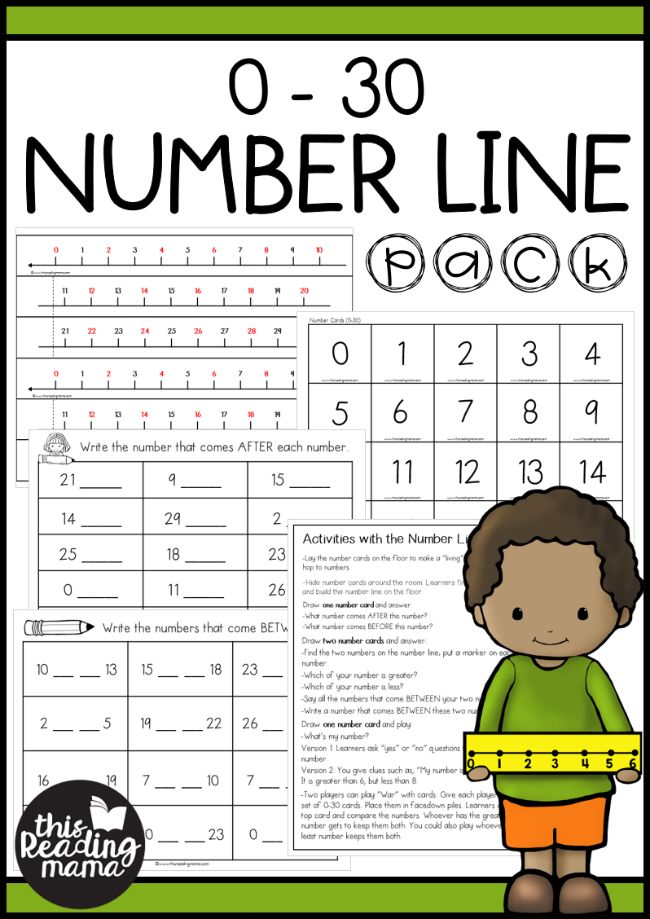
Obsession (lat. obsessio - taxation, siege, blockade).
Compulsions (lat. compello - I force). 1. Obsessive drives, a kind of obsessive phenomena (obsessions). Characterized by irresistible attraction that arises contrary to the mind, will, feelings. Often they are unacceptable to the patient, contrary to his moral and ethical properties. Unlike impulsive drives, compulsions are not realized. These drives are recognized by the patient as wrong and painfully experienced by them, especially since their very appearance, due to its incomprehensibility, often gives rise to a feeling of fear in the patient 2. The term compulsions is also used in a broader sense to refer to any obsessions in the motor sphere, including obsessive rituals.
In domestic psychiatry, obsessive states were understood as psychopathological phenomena, characterized by the fact that phenomena of a certain content repeatedly appear in the mind of the patient, accompanied by a painful feeling of coercion [Zinoviev PM, 193I].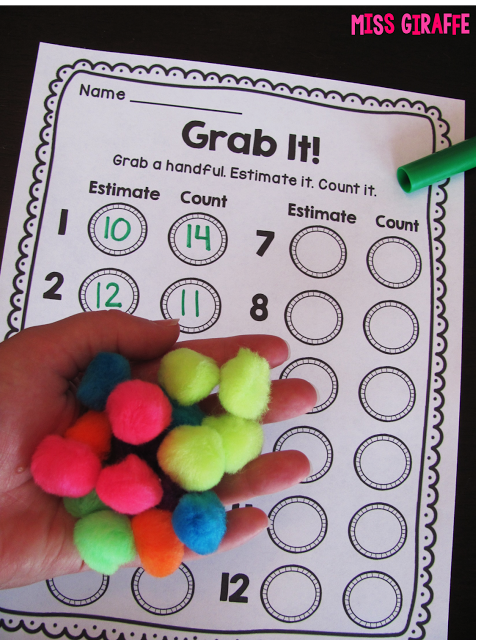 For N.s. characteristic involuntary, even against the will, the emergence of obsessions with clear consciousness. Although the obsessions are alien, extraneous in relation to the patient's psyche, the patient is not able to get rid of them. They are closely related to the emotional sphere, accompanied by depressive reactions, anxiety. Being symptomatic, according to S.L. Sukhanov [1912], "parasitic", they do not affect the course of intellectual activity in general, remain alien to thinking, do not lead to a decrease in its level, although they worsen the efficiency and productivity of the patient's mental activity. Throughout the course of the disease, a critical attitude is maintained towards obsessions. N.s. conditionally divided into obsessions in the intellectual-affective (phobia) and motor (compulsions) spheres, but most often several of their types are combined in the structure of the disease of obsessions. The isolation of obsessions that are abstract, affectively indifferent, indifferent in their content, for example, arrhythmomania, is rarely justified; An analysis of the psychogenesis of a neurosis often makes it possible to see a pronounced affective (depressive) background at the basis of the obsessive account.
For N.s. characteristic involuntary, even against the will, the emergence of obsessions with clear consciousness. Although the obsessions are alien, extraneous in relation to the patient's psyche, the patient is not able to get rid of them. They are closely related to the emotional sphere, accompanied by depressive reactions, anxiety. Being symptomatic, according to S.L. Sukhanov [1912], "parasitic", they do not affect the course of intellectual activity in general, remain alien to thinking, do not lead to a decrease in its level, although they worsen the efficiency and productivity of the patient's mental activity. Throughout the course of the disease, a critical attitude is maintained towards obsessions. N.s. conditionally divided into obsessions in the intellectual-affective (phobia) and motor (compulsions) spheres, but most often several of their types are combined in the structure of the disease of obsessions. The isolation of obsessions that are abstract, affectively indifferent, indifferent in their content, for example, arrhythmomania, is rarely justified; An analysis of the psychogenesis of a neurosis often makes it possible to see a pronounced affective (depressive) background at the basis of the obsessive account.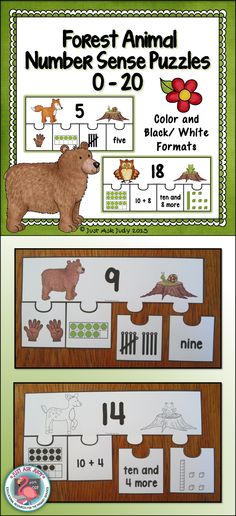 Along with elementary obsessions, the connection of which with psychogeny is obvious, there are “cryptogenic” ones, when the cause of painful experiences is hidden [Svyadoshch L.M., 1959]. N.s. are observed mainly in individuals with a psychasthenic character. This is where apprehensions are especially characteristic. In addition, N.S. occur within the framework of neurosis-like states with sluggish schizophrenia, endogenous depressions, epilepsy, the consequences of a traumatic brain injury, somatic diseases, mainly hypochondria-phobic or nosophobic syndrome. Some researchers distinguish the so-called. "Neurosis of obsessive states", which is characterized by the predominance of obsessive states in the clinical picture - memories that reproduce a psychogenic traumatic situation, thoughts, fears, actions. In genesis play a role: mental trauma; conditioned reflex stimuli that have become pathogenic due to their coincidence with others that previously caused a feeling of fear; situations that have become psychogenic due to the confrontation of opposing tendencies [Svyadoshch A.
Along with elementary obsessions, the connection of which with psychogeny is obvious, there are “cryptogenic” ones, when the cause of painful experiences is hidden [Svyadoshch L.M., 1959]. N.s. are observed mainly in individuals with a psychasthenic character. This is where apprehensions are especially characteristic. In addition, N.S. occur within the framework of neurosis-like states with sluggish schizophrenia, endogenous depressions, epilepsy, the consequences of a traumatic brain injury, somatic diseases, mainly hypochondria-phobic or nosophobic syndrome. Some researchers distinguish the so-called. "Neurosis of obsessive states", which is characterized by the predominance of obsessive states in the clinical picture - memories that reproduce a psychogenic traumatic situation, thoughts, fears, actions. In genesis play a role: mental trauma; conditioned reflex stimuli that have become pathogenic due to their coincidence with others that previously caused a feeling of fear; situations that have become psychogenic due to the confrontation of opposing tendencies [Svyadoshch A. M., 1982]. It should be noted that these same authors emphasize that N.s.c. occurs with various character traits, but most often in psychasthenic personalities.
M., 1982]. It should be noted that these same authors emphasize that N.s.c. occurs with various character traits, but most often in psychasthenic personalities.
Currently, almost all obsessive-compulsive disorders are united in the International Classification of Diseases under the concept of "obsessive-compulsive disorder".
OKR concepts have undergone a fundamental reassessment over the past 15 years. During this time, the clinical and epidemiological significance of OCD has been completely revised. If it was previously thought that this is a rare condition observed in a small number of people, now it is known that OCD is common and causes a high percentage of morbidity, which requires the urgent attention of psychiatrists around the world. Parallel to this, our understanding of the etiology of OCD has broadened: the vaguely formulated psychoanalytic definition of the past two decades has been replaced by a neurochemical paradigm that explores the neurotransmitter disorders that underlie OCD.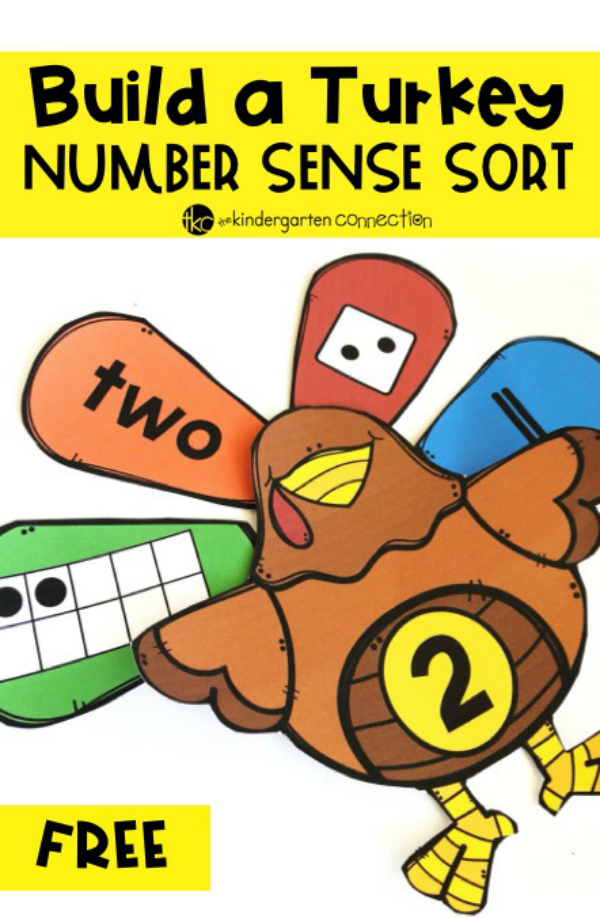 And most importantly, pharmacological interventions specifically targeting serotonergic neurotransmission have revolutionized the prospects for recovery for millions of OCD patients worldwide.
And most importantly, pharmacological interventions specifically targeting serotonergic neurotransmission have revolutionized the prospects for recovery for millions of OCD patients worldwide.
The discovery that intense serotonin reuptake inhibition (SSRI) was the key to effective treatment of OCD was the first step in a revolution and spurred clinical research showing the efficacy of such selective inhibitors.
As described in ICD-10, the main features of OCD are repetitive intrusive (obsessive) thoughts and compulsive actions (rituals).
In a broad sense, the core of OCD is the syndrome of obsession, which is a condition with a predominance in the clinical picture of feelings, thoughts, fears, memories that arise in addition to the desire of patients, but with awareness of their pain and a critical attitude towards them. Despite the understanding of the unnaturalness, illogicality of obsessions and states, patients are powerless in their attempts to overcome them.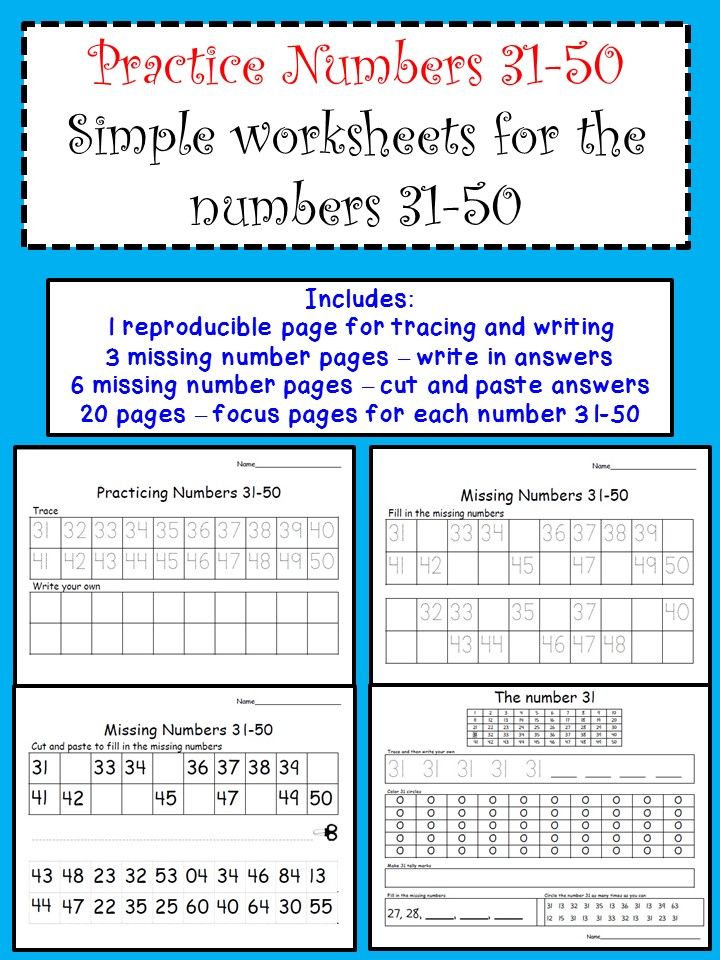 Obsessional impulses or ideas are recognized as alien to the personality, but as if coming from within. Obsessions can be the performance of rituals designed to alleviate anxiety, such as washing hands to combat "pollution" and to prevent "infection". Attempts to drive away unwelcome thoughts or urges can lead to severe internal struggle, accompanied by intense anxiety.
Obsessional impulses or ideas are recognized as alien to the personality, but as if coming from within. Obsessions can be the performance of rituals designed to alleviate anxiety, such as washing hands to combat "pollution" and to prevent "infection". Attempts to drive away unwelcome thoughts or urges can lead to severe internal struggle, accompanied by intense anxiety.
Obsessions in the ICD-10 are included in the group of neurotic disorders.
The prevalence of OCD in the population is quite high. According to some data, it is determined by an indicator of 1.5% (meaning "fresh" cases of diseases) or 2-3%, if episodes of exacerbations observed throughout life are taken into account. Those suffering from obsessive-compulsive disorder make up 1% of all patients receiving treatment in psychiatric institutions. It is believed that men and women are affected approximately equally.
CLINICAL PICTURE
The problem of obsessive-compulsive disorders attracted the attention of clinicians already at the beginning of the 17th century.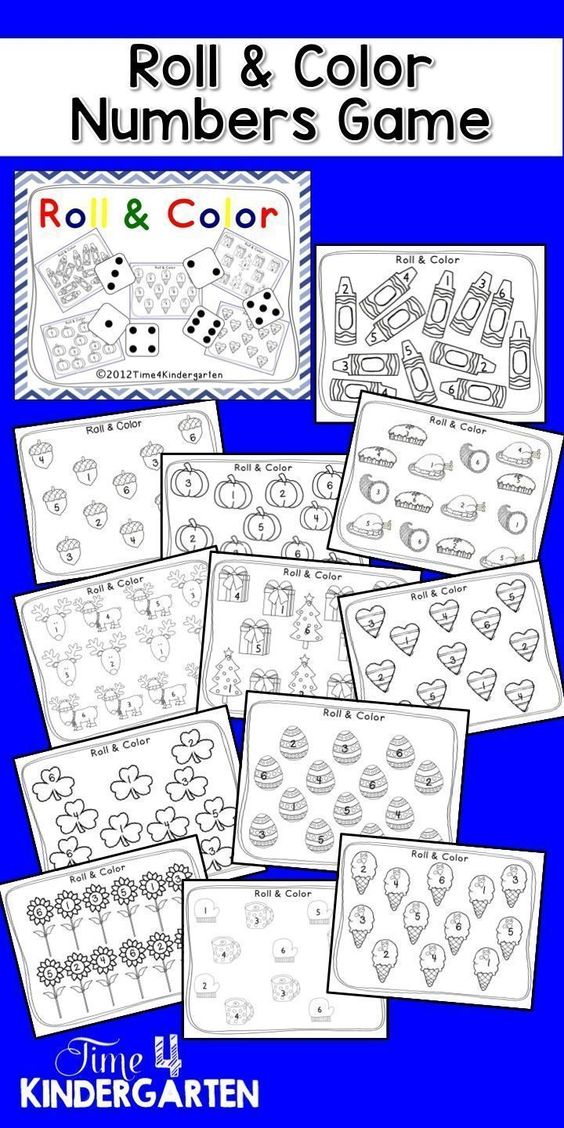 They were first described by Platter in 1617. In 1621 E. Barton described an obsessive fear of death. Mentions of obsessions are found in the writings of F. Pinel (1829). I. Balinsky proposed the term "obsessive ideas", which took root in Russian psychiatric literature. In 1871, Westphal coined the term "agoraphobia" to refer to the fear of being in public places. M. Legrand de Sol [1875], analyzing the features of the dynamics of OCD in the form of "insanity of doubt with delusions of touch, points to a gradually becoming more complicated clinical picture - obsessive doubts are replaced by ridiculous fears of" touch "to surrounding objects, motor rituals join, the fulfillment of which is subject to the whole life sick. However, only at the turn of the XIX-XX centuries. researchers were able to more or less clearly describe the clinical picture and give syndromic characteristics of obsessive-compulsive disorders. The onset of the disease usually occurs in adolescence and adolescence. The maximum of clinically defined manifestations of obsessive-compulsive disorder is observed in the age range of 10-25 years.
They were first described by Platter in 1617. In 1621 E. Barton described an obsessive fear of death. Mentions of obsessions are found in the writings of F. Pinel (1829). I. Balinsky proposed the term "obsessive ideas", which took root in Russian psychiatric literature. In 1871, Westphal coined the term "agoraphobia" to refer to the fear of being in public places. M. Legrand de Sol [1875], analyzing the features of the dynamics of OCD in the form of "insanity of doubt with delusions of touch, points to a gradually becoming more complicated clinical picture - obsessive doubts are replaced by ridiculous fears of" touch "to surrounding objects, motor rituals join, the fulfillment of which is subject to the whole life sick. However, only at the turn of the XIX-XX centuries. researchers were able to more or less clearly describe the clinical picture and give syndromic characteristics of obsessive-compulsive disorders. The onset of the disease usually occurs in adolescence and adolescence. The maximum of clinically defined manifestations of obsessive-compulsive disorder is observed in the age range of 10-25 years.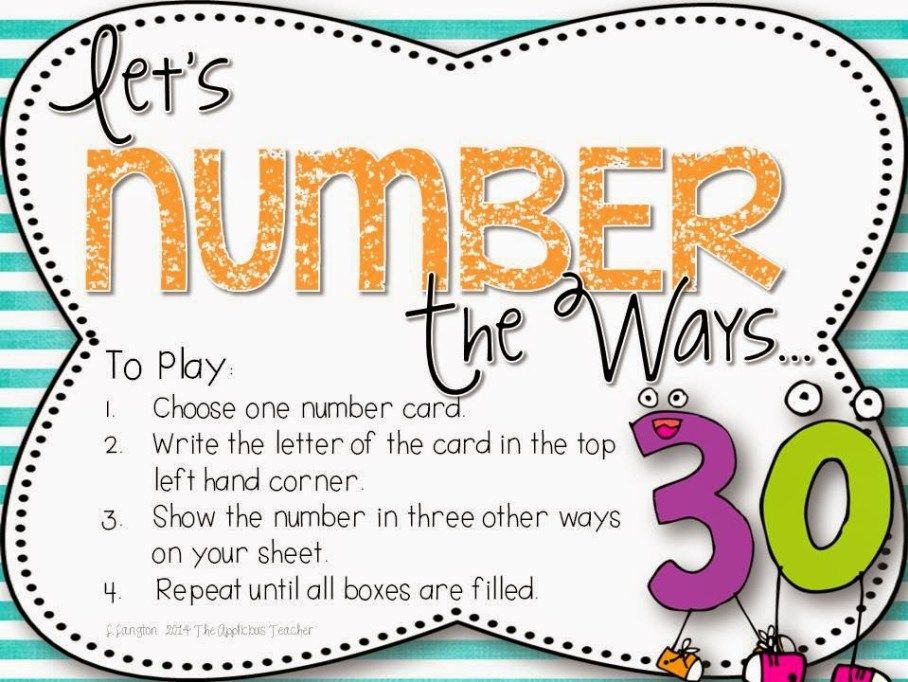
Main clinical manifestations of OCD:
Obsessional thoughts - painful, arising against the will, but recognized by the patient as their own, ideas, beliefs, images, which in a stereotyped form forcibly invade the patient's consciousness and which he tries to resist in some way. It is this combination of an inner sense of compulsive urge and efforts to resist it that characterizes obsessional symptoms, but of the two, the degree of effort exerted is the more variable. Obsessive thoughts may take the form of single words, phrases, or lines of poetry; they are usually unpleasant to the patient and may be obscene, blasphemous, or even shocking.
Obsessional imagery is vivid scenes, often violent or disgusting, including, for example, sexual perversion.
Obsessional impulses are urges to do things that are usually destructive, dangerous or shameful; for example, jumping into the road in front of a moving car, injuring a child, or shouting obscene words while in society.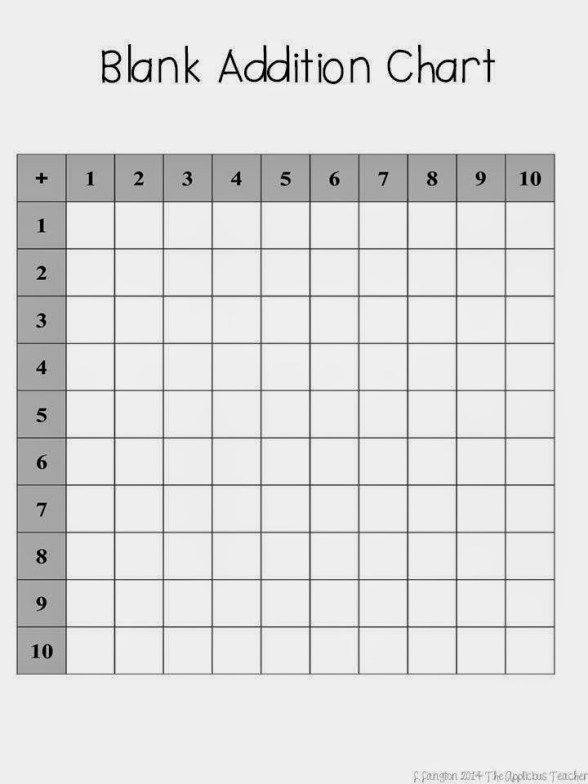
Obsessional rituals include both mental activities (eg, counting in a particular way, or repeating certain words) and repetitive but meaningless acts (eg, washing hands twenty or more times a day). Some of them have an understandable connection with the obsessive thoughts that preceded them, for example, repeated washing of hands - with thoughts of infection. Other rituals (for example, regularly laying out clothes in some complex system before putting them on) do not have such a connection. Some patients feel an irresistible urge to repeat such actions a certain number of times; if that fails, they are forced to start all over again. Patients are invariably aware that their rituals are illogical and usually try to hide them. Some fear that such symptoms are a sign of the onset of insanity. Both obsessive thoughts and rituals inevitably lead to problems in daily activities.
Obsessive rumination (“mental chewing gum”) is an internal debate in which arguments for and against even the simplest everyday actions are endlessly reexamined.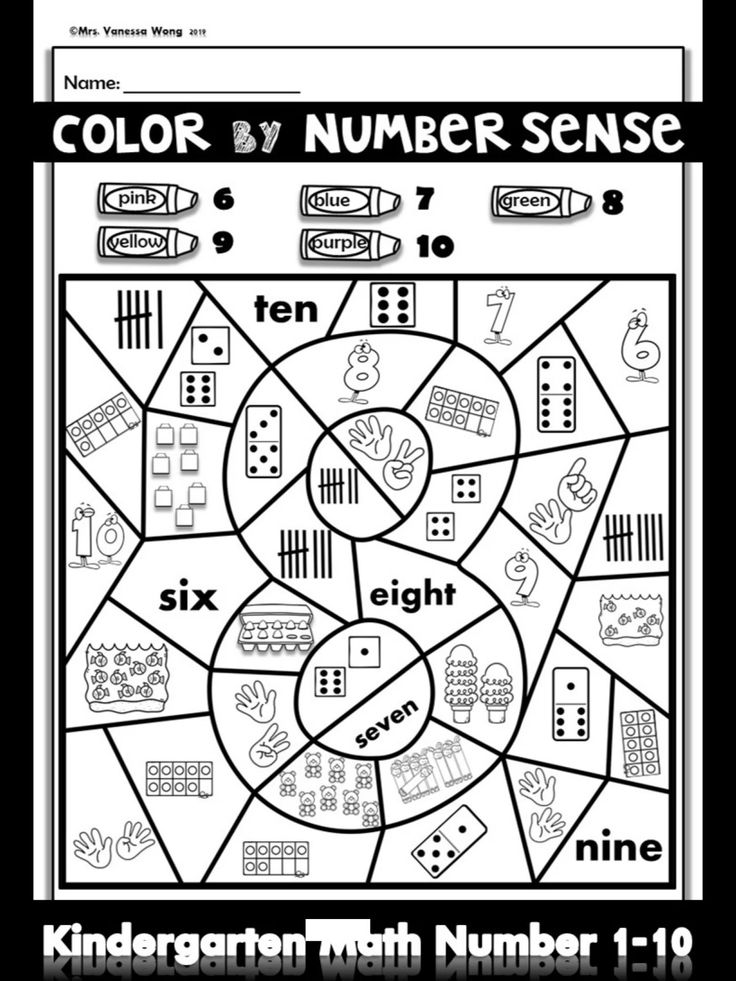 Some obsessive doubts relate to actions that may have been incorrectly performed or not completed, such as turning off the gas stove faucet or locking the door; others concern actions that could harm other people (for example, the possibility of driving past a cyclist in a car, knocking him down). Sometimes doubts are associated with a possible violation of religious prescriptions and rituals - “remorse of conscience”.
Some obsessive doubts relate to actions that may have been incorrectly performed or not completed, such as turning off the gas stove faucet or locking the door; others concern actions that could harm other people (for example, the possibility of driving past a cyclist in a car, knocking him down). Sometimes doubts are associated with a possible violation of religious prescriptions and rituals - “remorse of conscience”.
Compulsive actions - repetitive stereotypical actions, sometimes acquiring the character of protective rituals. The latter are aimed at preventing any objectively unlikely events that are dangerous for the patient or his relatives.
In addition to the above, in a number of obsessive-compulsive disorders, a number of well-defined symptom complexes stand out, and among them are obsessive doubts, contrasting obsessions, obsessive fears - phobias (from the Greek phobos).
Obsessive thoughts and compulsive rituals may intensify in certain situations; for example, obsessive thoughts about harming other people often become more persistent in the kitchen or some other place where knives are kept.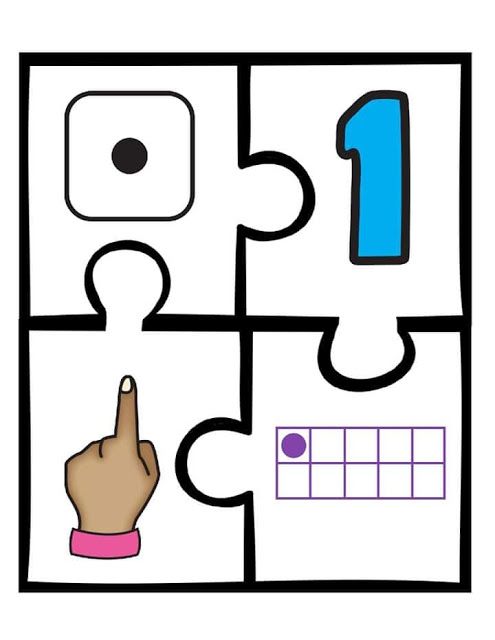 Since patients often avoid such situations, there may be a superficial resemblance to the characteristic avoidance pattern found in phobic anxiety disorder. Anxiety is an important component of obsessive-compulsive disorders. Some rituals reduce anxiety, while after others it increases. Obsessions often develop as part of depression. In some patients, this appears to be a psychologically understandable reaction to obsessive-compulsive symptoms, but in other patients, recurrent episodes of depressive mood occur independently.
Since patients often avoid such situations, there may be a superficial resemblance to the characteristic avoidance pattern found in phobic anxiety disorder. Anxiety is an important component of obsessive-compulsive disorders. Some rituals reduce anxiety, while after others it increases. Obsessions often develop as part of depression. In some patients, this appears to be a psychologically understandable reaction to obsessive-compulsive symptoms, but in other patients, recurrent episodes of depressive mood occur independently.
Obsessions (obsessions) are divided into figurative, or sensual, accompanied by the development of affect (often painful) and obsessions of affectively neutral content.
Sensual obsessions include obsessive doubts, memories, ideas, drives, actions, fears, an obsessive feeling of antipathy, an obsessive fear of habitual actions.
Obsessive doubts - persistently arising contrary to logic and reason, uncertainty about the correctness of the actions being performed and committed.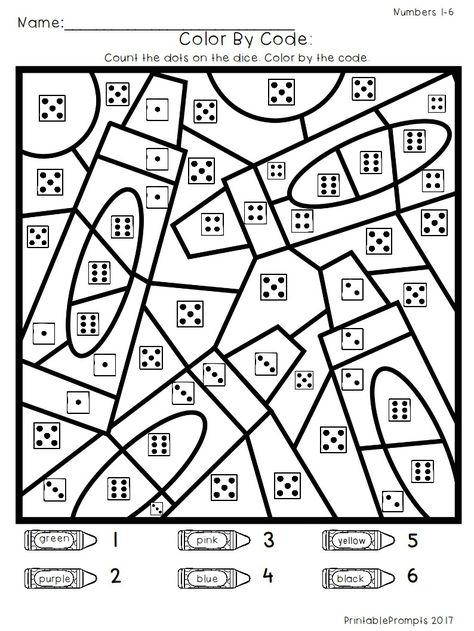 The content of doubts is different: obsessive everyday fears (whether the door is locked, whether windows or water taps are closed tightly enough, whether gas and electricity are turned off), doubts related to official activities (whether this or that document is written correctly, whether the addresses on business papers are mixed up , whether inaccurate figures are indicated, whether orders are correctly formulated or executed), etc. Despite repeated verification of the committed action, doubts, as a rule, do not disappear, causing psychological discomfort in the person suffering from this kind of obsession.
The content of doubts is different: obsessive everyday fears (whether the door is locked, whether windows or water taps are closed tightly enough, whether gas and electricity are turned off), doubts related to official activities (whether this or that document is written correctly, whether the addresses on business papers are mixed up , whether inaccurate figures are indicated, whether orders are correctly formulated or executed), etc. Despite repeated verification of the committed action, doubts, as a rule, do not disappear, causing psychological discomfort in the person suffering from this kind of obsession.
Obsessive memories include persistent, irresistible painful memories of any sad, unpleasant or shameful events for the patient, accompanied by a sense of shame, repentance. They dominate the mind of the patient, despite the efforts and efforts not to think about them.
Obsessive impulses - urges to commit one or another tough or extremely dangerous action, accompanied by a feeling of horror, fear, confusion with the inability to get rid of it.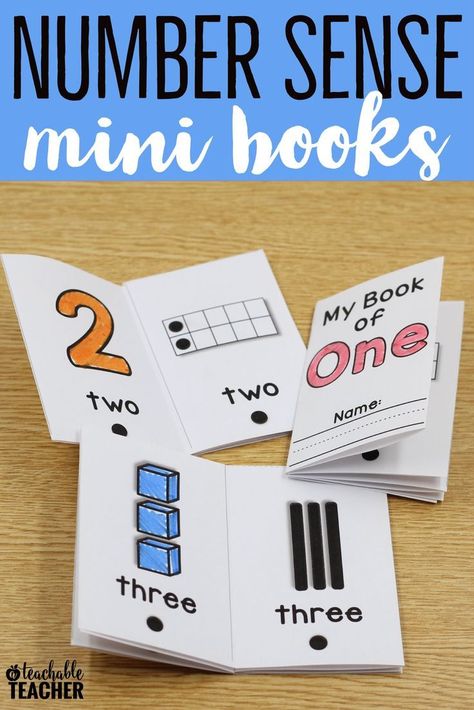 The patient is seized, for example, by the desire to throw himself under a passing train or push a loved one under it, to kill his wife or child in an extremely cruel way. At the same time, patients are painfully afraid that this or that action will be implemented.
The patient is seized, for example, by the desire to throw himself under a passing train or push a loved one under it, to kill his wife or child in an extremely cruel way. At the same time, patients are painfully afraid that this or that action will be implemented.
Manifestations of obsessive ideas can be different. In some cases, this is a vivid "vision" of the results of obsessive drives, when patients imagine the result of a cruel act committed. In other cases, obsessive ideas, often referred to as mastering, appear in the form of implausible, sometimes absurd situations that patients take for real. An example of obsessive ideas is the patient's conviction that the buried relative was alive, and the patient painfully imagines and experiences the suffering of the deceased in the grave. At the height of obsessive ideas, the consciousness of their absurdity, implausibility disappears and, on the contrary, confidence in their reality appears. As a result, obsessions acquire the character of overvalued formations (dominant ideas that do not correspond to their true meaning), and sometimes delusions.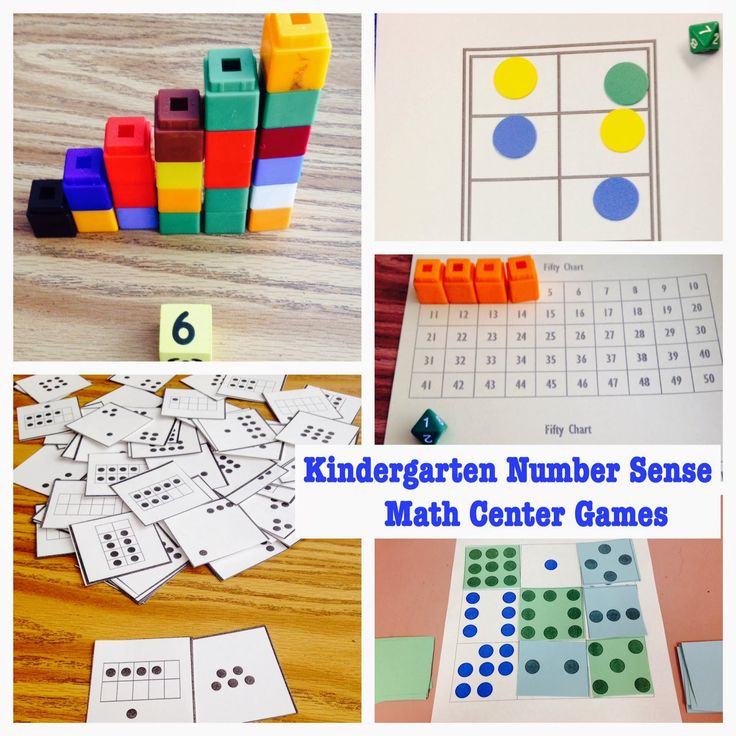
Obsessive feeling of antipathy (as well as obsessive blasphemous and blasphemous thoughts) - unjustified antipathy to a certain, often close person, driven away by the patient from himself, cynical, unworthy thoughts and ideas regarding respected people, in religious persons - in relation to saints or ministers churches.
Obsessive actions - actions performed against the wishes of patients, despite the efforts made to restrain them. Some of the obsessive actions burden the patients until they are realized, others are not noticed by the patients themselves. Obsessive actions are painful for patients, especially in those cases when they become the object of attention of others.
Obsessive fears, or phobias, include an obsessive and senseless fear of heights, large streets, open or confined spaces, large crowds of people, the fear of sudden death, the fear of falling ill with one or another incurable disease. Some patients may develop a wide variety of phobias, sometimes acquiring the character of fear of everything (panphobia).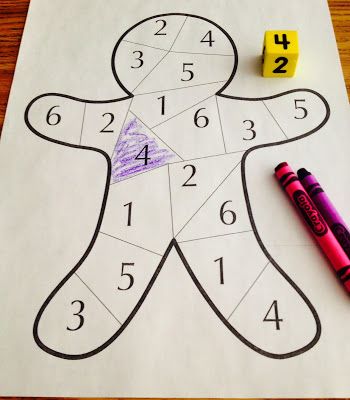 And finally, an obsessive fear of the emergence of fears (phobophobia) is possible.
And finally, an obsessive fear of the emergence of fears (phobophobia) is possible.
Hypochondriacal phobias (nosophobia) - an obsessive fear of some serious illness. Most often, cardio-, stroke-, syphilo- and AIDS phobias are observed, as well as the fear of the development of malignant tumors. At the peak of anxiety, patients sometimes lose their critical attitude to their condition - they turn to doctors of the appropriate profile, require examination and treatment. The implementation of hypochondriacal phobias occurs both in connection with psycho- and somatogenic (general non-mental illnesses) provocations, and spontaneously. As a rule, hypochondriacal neurosis develops as a result, accompanied by frequent visits to doctors and unreasonable medication.
Specific (isolated) phobias - obsessive fears limited to a strictly defined situation - fear of heights, nausea, thunderstorms, pets, treatment at the dentist, etc. Since contact with situations that cause fear is accompanied by intense anxiety, the patients tend to avoid them.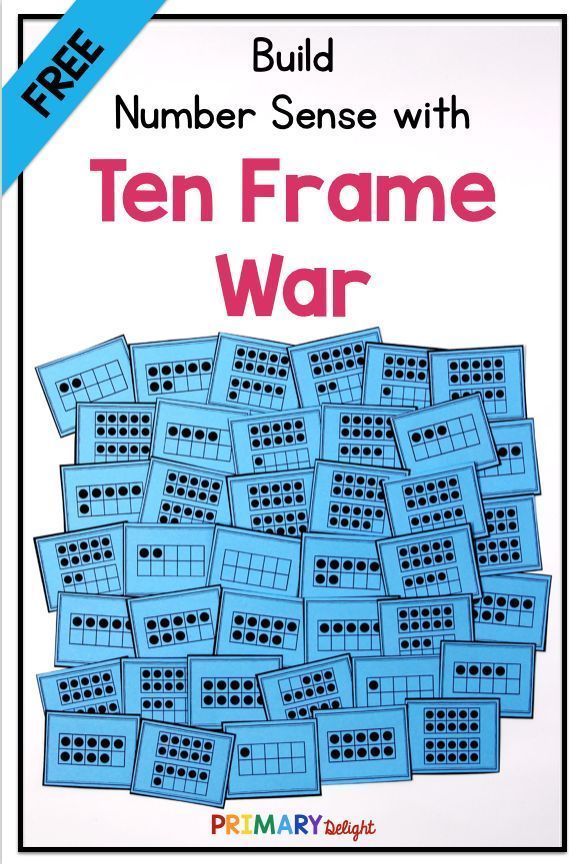
Obsessive fears are often accompanied by the development of rituals - actions that have the meaning of "magic" spells that are performed, despite the critical attitude of the patient to obsession, in order to protect against one or another imaginary misfortune: before starting any important business, the patient must perform some that specific action to eliminate the possibility of failure. Rituals can, for example, be expressed in snapping fingers, playing a melody to the patient or repeating certain phrases, etc. In these cases, even relatives are not aware of the existence of such disorders. Rituals, combined with obsessions, are a fairly stable system that usually exists for many years and even decades.
Obsessions of affectively neutral content - obsessive sophistication, obsessive counting, recalling neutral events, terms, formulations, etc. Despite their neutral content, they burden the patient and interfere with his intellectual activity.
Contrasting obsessions ("aggressive obsessions") - blasphemous, blasphemous thoughts, fear of harming oneself and others.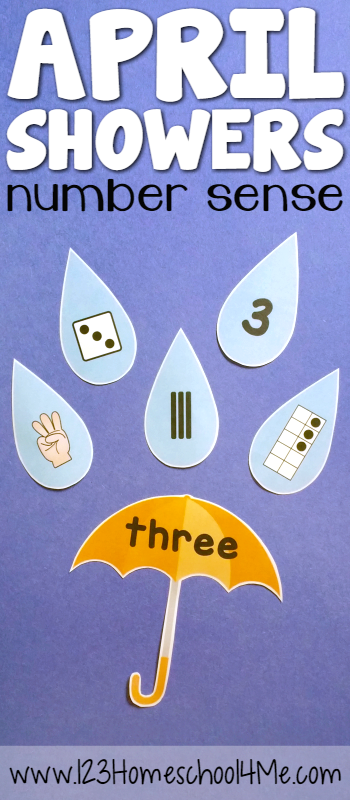 Psychopathological formations of this group refer mainly to figurative obsessions with pronounced affective saturation and ideas that take possession of the consciousness of patients. They are distinguished by a sense of alienation, the absolute lack of motivation of the content, as well as a close combination with obsessive drives and actions. Patients with contrasting obsessions and complain of an irresistible desire to add endings to the replicas they have just heard, giving an unpleasant or threatening meaning to what has been said, to repeat after those around them, but with a touch of irony or malice, phrases of religious content, to shout out cynical words that contradict their own attitudes and generally accepted morality. , they may experience fear of losing control of themselves and possibly committing dangerous or ridiculous actions, injuring themselves or their loved ones. In the latter cases, obsessions are often combined with object phobias (fear of sharp objects - knives, forks, axes, etc.
Psychopathological formations of this group refer mainly to figurative obsessions with pronounced affective saturation and ideas that take possession of the consciousness of patients. They are distinguished by a sense of alienation, the absolute lack of motivation of the content, as well as a close combination with obsessive drives and actions. Patients with contrasting obsessions and complain of an irresistible desire to add endings to the replicas they have just heard, giving an unpleasant or threatening meaning to what has been said, to repeat after those around them, but with a touch of irony or malice, phrases of religious content, to shout out cynical words that contradict their own attitudes and generally accepted morality. , they may experience fear of losing control of themselves and possibly committing dangerous or ridiculous actions, injuring themselves or their loved ones. In the latter cases, obsessions are often combined with object phobias (fear of sharp objects - knives, forks, axes, etc.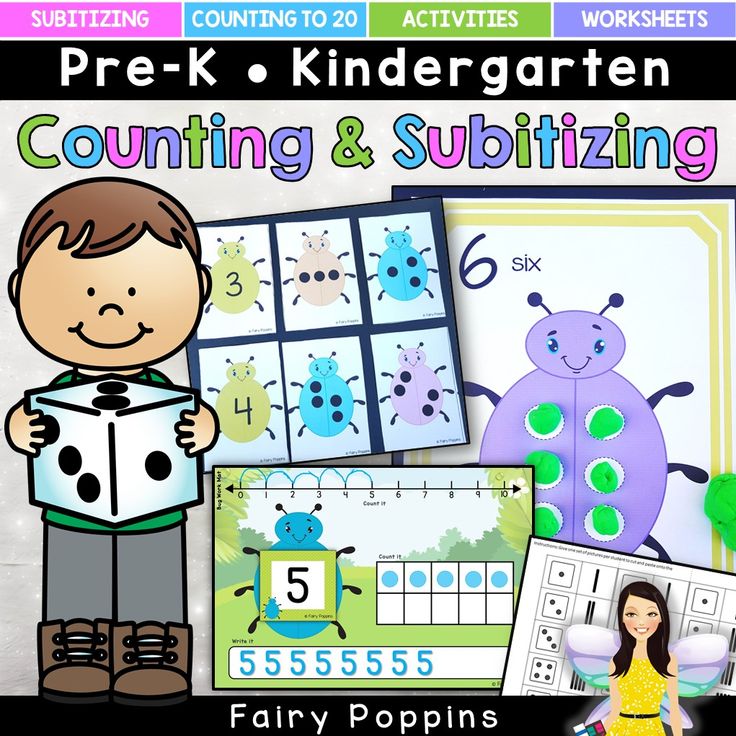 ). The contrasting group also partially includes obsessions of sexual content (obsessions of the type of forbidden ideas about perverted sexual acts, the objects of which are children, representatives of the same sex, animals).
). The contrasting group also partially includes obsessions of sexual content (obsessions of the type of forbidden ideas about perverted sexual acts, the objects of which are children, representatives of the same sex, animals).
Obsessions of pollution (mysophobia). This group of obsessions includes both the fear of pollution (earth, dust, urine, feces and other impurities), as well as the fear of penetration into the body of harmful and toxic substances (cement, fertilizers, toxic waste), small objects (glass fragments, needles, specific types of dust), microorganisms. In some cases, the fear of contamination can be limited, remain at the preclinical level for many years, manifesting itself only in some features of personal hygiene (frequent change of linen, repeated washing of hands) or in housekeeping (thorough handling of food, daily washing of floors). , "taboo" on pets). This kind of monophobia does not significantly affect the quality of life and is evaluated by others as habits (exaggerated cleanliness, excessive disgust).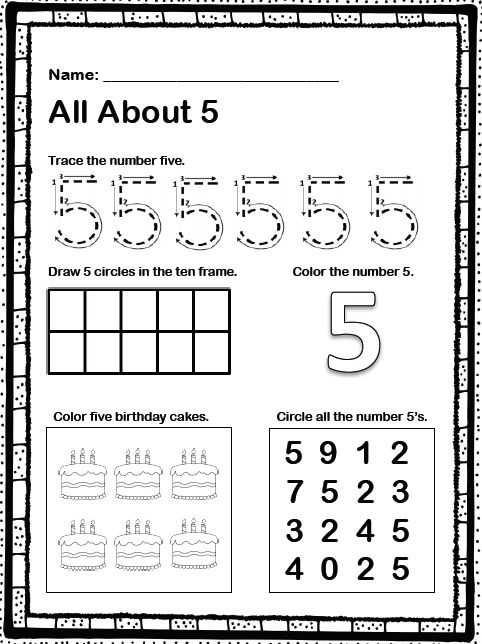 Clinically manifested variants of mysophobia belong to the group of severe obsessions. In these cases, gradually becoming more complex protective rituals come to the fore: avoiding sources of pollution and touching "unclean" objects, processing things that could get dirty, a certain sequence in the use of detergents and towels, which allows you to maintain "sterility" in the bathroom. Stay outside the apartment is also furnished with a series of protective measures: going out into the street in special clothing that covers the body as much as possible, special processing of wearable items upon returning home. In the later stages of the disease, patients, avoiding pollution, not only do not go out, but do not even leave their own room. In order to avoid contacts and contacts that are dangerous in terms of contamination, patients do not allow even their closest relatives to come near them. Mysophobia is also related to the fear of contracting a disease, which does not belong to the categories of hypochondriacal phobias, since it is not determined by fears that a person suffering from OCD has a particular disease.
Clinically manifested variants of mysophobia belong to the group of severe obsessions. In these cases, gradually becoming more complex protective rituals come to the fore: avoiding sources of pollution and touching "unclean" objects, processing things that could get dirty, a certain sequence in the use of detergents and towels, which allows you to maintain "sterility" in the bathroom. Stay outside the apartment is also furnished with a series of protective measures: going out into the street in special clothing that covers the body as much as possible, special processing of wearable items upon returning home. In the later stages of the disease, patients, avoiding pollution, not only do not go out, but do not even leave their own room. In order to avoid contacts and contacts that are dangerous in terms of contamination, patients do not allow even their closest relatives to come near them. Mysophobia is also related to the fear of contracting a disease, which does not belong to the categories of hypochondriacal phobias, since it is not determined by fears that a person suffering from OCD has a particular disease.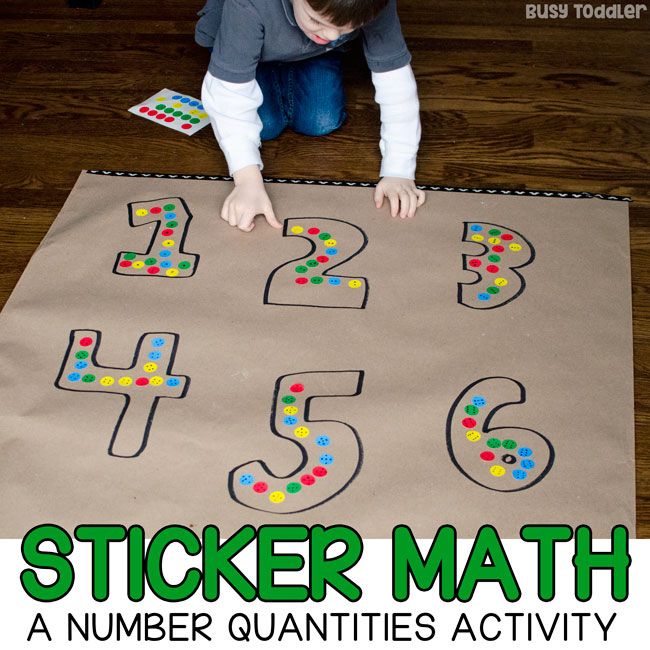 In the foreground is the fear of a threat from the outside: the fear of pathogenic bacteria entering the body. Hence the development of appropriate protective actions.
In the foreground is the fear of a threat from the outside: the fear of pathogenic bacteria entering the body. Hence the development of appropriate protective actions.
A special place in the series of obsessions is occupied by obsessive actions in the form of isolated, monosymptomatic movement disorders. Among them, especially in childhood, tics predominate, which, unlike organically conditioned involuntary movements, are much more complex motor acts that have lost their original meaning. Tics sometimes give the impression of exaggerated physiological movements. This is a kind of caricature of certain motor acts, natural gestures. Patients suffering from tics can shake their heads (as if checking whether the hat fits well), make hand movements (as if discarding interfering hair), blink their eyes (as if getting rid of a mote). Along with obsessive tics, pathological habitual actions (lip biting, gnashing of teeth, spitting, etc.) are often observed, which differ from obsessive actions proper in the absence of a subjectively painful sense of persistence and experience them as alien, painful.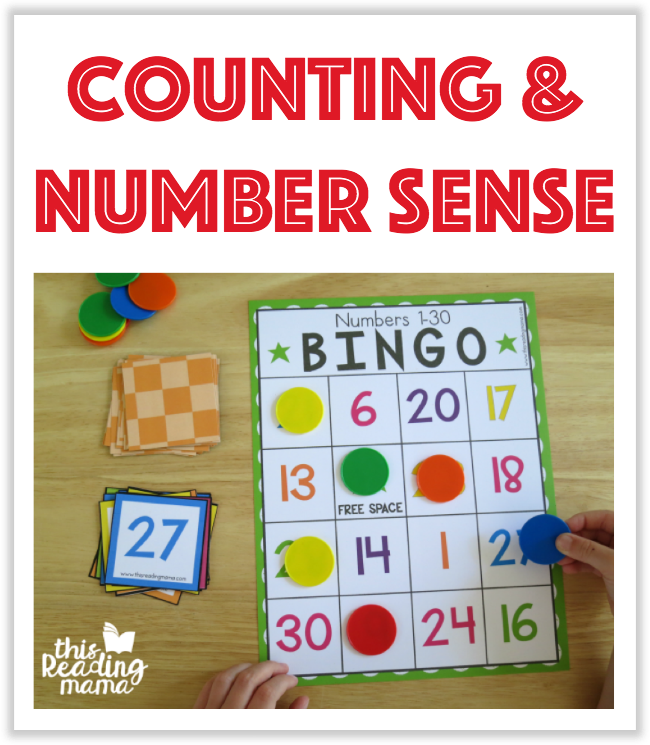 Neurotic states characterized only by obsessive tics usually have a favorable prognosis. Appearing most often in preschool and primary school age, tics usually subside by the end of puberty. However, such disorders can also be more persistent, persist for many years and only partially change in manifestations.
Neurotic states characterized only by obsessive tics usually have a favorable prognosis. Appearing most often in preschool and primary school age, tics usually subside by the end of puberty. However, such disorders can also be more persistent, persist for many years and only partially change in manifestations.
The course of obsessive-compulsive disorder.
Unfortunately, chronization must be indicated as the most characteristic trend in the OCD dynamics. Cases of episodic manifestations of the disease and complete recovery are relatively rare. However, in many patients, especially with the development and preservation of one type of manifestation (agoraphobia, obsessive counting, ritual handwashing, etc.), a long-term stabilization of the condition is possible. In these cases, there is a gradual (usually in the second half of life) mitigation of psychopathological symptoms and social readaptation. For example, patients who experienced fear of traveling on certain types of transport, or public speaking, cease to feel flawed and work along with healthy people.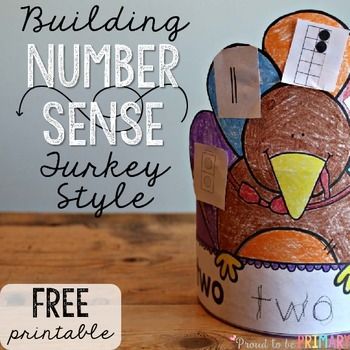 In mild forms of OCD, the disease usually proceeds favorably (on an outpatient basis). The reverse development of symptoms occurs after 1 year - 5 years from the moment of manifestation.
In mild forms of OCD, the disease usually proceeds favorably (on an outpatient basis). The reverse development of symptoms occurs after 1 year - 5 years from the moment of manifestation.
More severe and complex OCDs, such as phobias of infection, pollution, sharp objects, contrasting performances, multiple rituals, on the contrary, may become persistent, resistant to treatment, or show a tendency to recur with disorders that persist despite active therapy. Further negative dynamics of these conditions indicates a gradual complication of the clinical picture of the disease as a whole.
DIFFERENTIAL DIAGNOSIS
It is important to distinguish OCD from other disorders that involve compulsions and rituals. In some cases, obsessive-compulsive disorder must be differentiated from schizophrenia, especially when the obsessive thoughts are unusual in content (eg, mixed sexual and blasphemous themes) or the rituals are exceptionally eccentric. The development of a sluggish schizophrenic process cannot be ruled out with the growth of ritual formations, their persistence, the emergence of antagonistic tendencies in mental activity (inconsistency of thinking and actions), and the uniformity of emotional manifestations.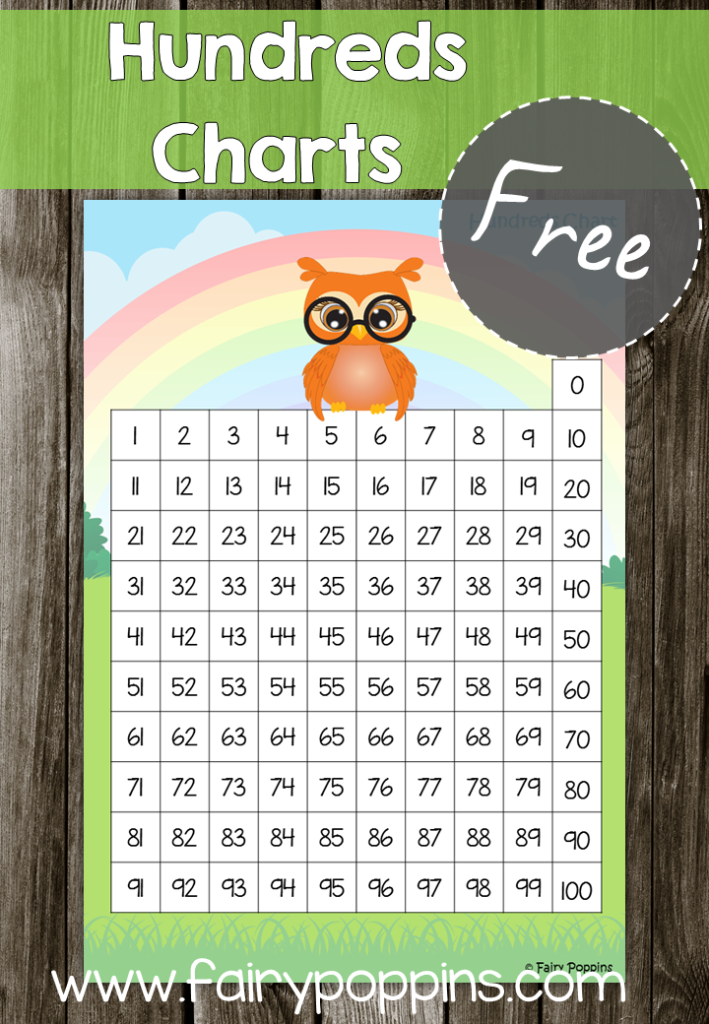 Prolonged obsessional states of a complex structure must be distinguished from the manifestations of paroxysmal schizophrenia. Unlike neurotic obsessive states, they are usually accompanied by a sharply increasing anxiety, a significant expansion and systematization of the circle of obsessive associations, which acquire the character of obsessions of "special significance": previously indifferent objects, events, random remarks of others remind patients of the content of phobias, offensive thoughts and thereby acquire in their view a special, menacing significance. In such cases, it is necessary to consult a psychiatrist in order to exclude schizophrenia. It can also be difficult to differentiate between OCD and conditions with a predominance of generalized disorders, known as Gilles de la Tourette's syndrome. Tics in such cases are localized in the face, neck, upper and lower extremities and are accompanied by grimaces, opening the mouth, sticking out the tongue, and intense gesticulation.
Prolonged obsessional states of a complex structure must be distinguished from the manifestations of paroxysmal schizophrenia. Unlike neurotic obsessive states, they are usually accompanied by a sharply increasing anxiety, a significant expansion and systematization of the circle of obsessive associations, which acquire the character of obsessions of "special significance": previously indifferent objects, events, random remarks of others remind patients of the content of phobias, offensive thoughts and thereby acquire in their view a special, menacing significance. In such cases, it is necessary to consult a psychiatrist in order to exclude schizophrenia. It can also be difficult to differentiate between OCD and conditions with a predominance of generalized disorders, known as Gilles de la Tourette's syndrome. Tics in such cases are localized in the face, neck, upper and lower extremities and are accompanied by grimaces, opening the mouth, sticking out the tongue, and intense gesticulation.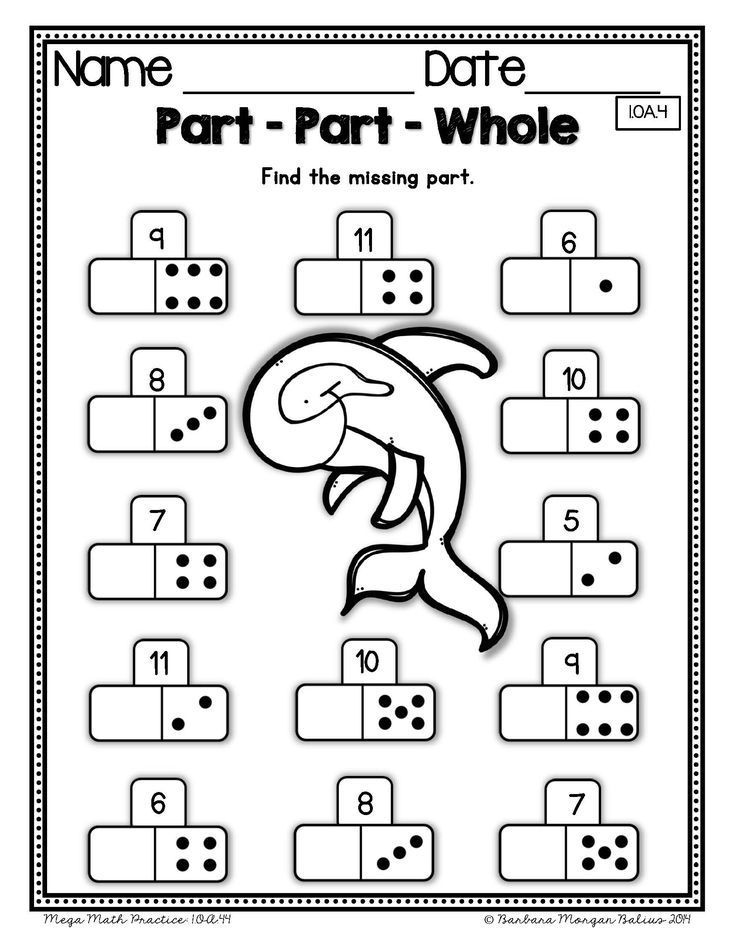 In these cases, this syndrome can be excluded by the coarseness of movement disorders characteristic of it and more complex in structure and more severe mental disorders.
In these cases, this syndrome can be excluded by the coarseness of movement disorders characteristic of it and more complex in structure and more severe mental disorders.
Genetic factors
Speaking about hereditary predisposition to OCD, it should be noted that obsessive-compulsive disorders are found in approximately 5-7% of parents of patients with such disorders. Although this figure is low, it is higher than in the general population. While the evidence for a hereditary predisposition to OCD is still uncertain, psychasthenic personality traits can be largely explained by genetic factors.
FORECAST
Approximately two-thirds of OCD patients improve within a year, more often by the end of this period. If the disease lasts more than a year, fluctuations are observed during its course - periods of exacerbations are interspersed with periods of improvement in health, lasting from several months to several years. The prognosis is worse if we are talking about a psychasthenic personality with severe symptoms of the disease, or if there are continuous stressful events in the patient's life.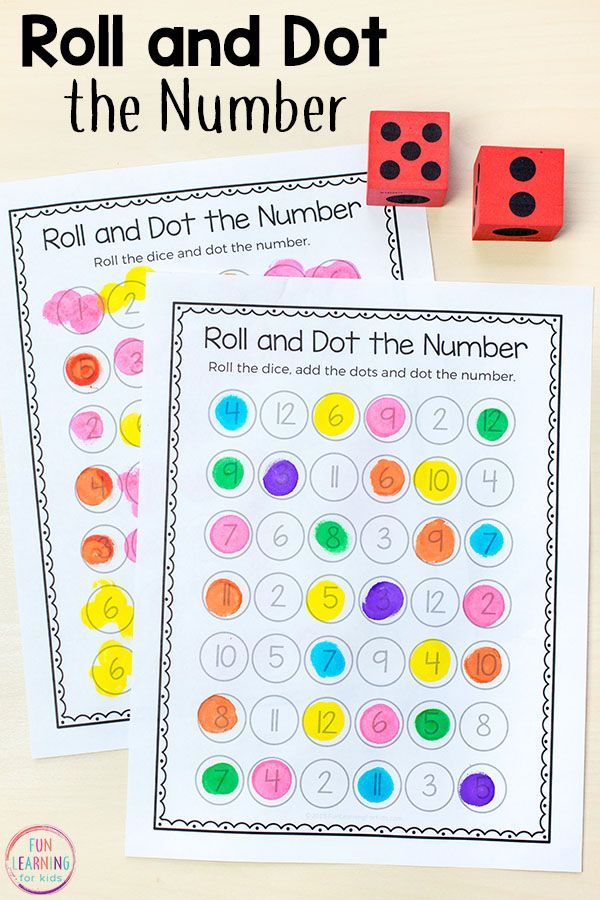 Severe cases can be extremely persistent; for example, a study of hospitalized patients with OCD found that three-quarters of them remained symptom-free 13 to 20 years later.
Severe cases can be extremely persistent; for example, a study of hospitalized patients with OCD found that three-quarters of them remained symptom-free 13 to 20 years later.
TREATMENT: BASIC METHODS AND APPROACHES
Despite the fact that OCD is a complex group of symptom complexes, the principles of treatment for them are the same. The most reliable and effective method of treating OCD is considered to be drug therapy, during which a strictly individual approach to each patient should be manifested, taking into account the characteristics of the manifestation of OCD, age, gender, and the presence of other diseases. In this regard, we must warn patients and their relatives against self-treatment. If any disorders similar to mental ones appear, it is necessary, first of all, to contact the specialists of the psycho-neurological dispensary at the place of residence or other psychiatric medical institutions to establish the correct diagnosis and prescribe competent adequate treatment.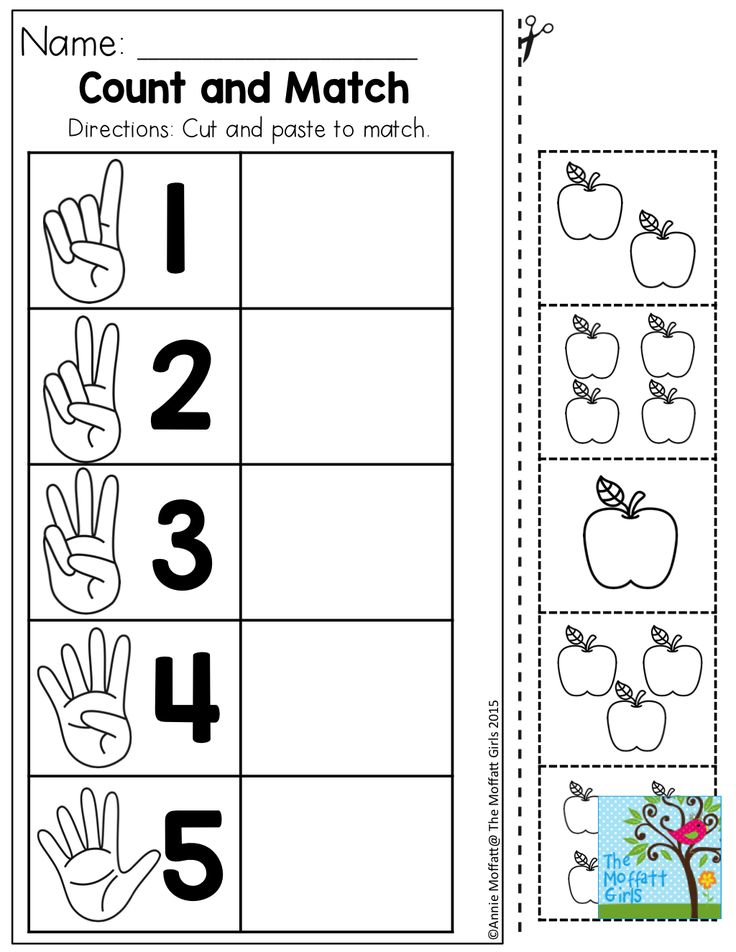 At the same time, it should be remembered that at present a visit to a psychiatrist does not threaten with any negative consequences - the infamous "accounting" was canceled more than 10 years ago and replaced by the concepts of consultative and medical care and dispensary observation.
At the same time, it should be remembered that at present a visit to a psychiatrist does not threaten with any negative consequences - the infamous "accounting" was canceled more than 10 years ago and replaced by the concepts of consultative and medical care and dispensary observation.
When treating, it must be borne in mind that obsessive-compulsive disorders often have a fluctuating course with long periods of remission (improvement). The apparent suffering of the patient often seems to call for vigorous effective treatment, but the natural course of the condition must be kept in mind in order to avoid the typical error of over-intensive therapy. It is also important to consider that OCD is often accompanied by depression, the effective treatment of which often leads to an alleviation of obsessional symptoms.
Treatment of OCD begins with an explanation to the patient of the symptoms and, if necessary, with reassurance that they are the initial manifestation of insanity (a common concern for patients with obsessions).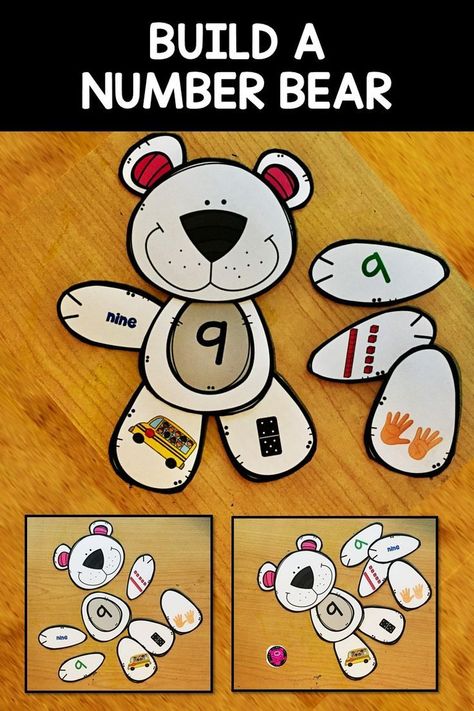 Those suffering from certain obsessions often involve other family members in their rituals, so relatives need to treat the patient firmly, but sympathetically, mitigating the symptoms as much as possible, and not aggravating it by excessive indulgence in the sick fantasies of patients.
Those suffering from certain obsessions often involve other family members in their rituals, so relatives need to treat the patient firmly, but sympathetically, mitigating the symptoms as much as possible, and not aggravating it by excessive indulgence in the sick fantasies of patients.
Drug therapy
The following therapeutic approaches exist for the currently identified types of OCD. Of the pharmacological drugs for OCD, serotonergic antidepressants, anxiolytics (mainly benzodiazepine), beta-blockers (to stop autonomic manifestations), MAO inhibitors (reversible) and triazole benzodiazepines (alprazolam) are most often used. Anxiolytic drugs provide some short-term relief of symptoms, but should not be given for more than a few weeks at a time. If anxiolytic treatment is required for more than one to two months, small doses of tricyclic antidepressants or small antipsychotics sometimes help. The main link in the treatment regimen for OCD, overlapping with negative symptoms or ritualized obsessions, are atypical antipsychotics - risperidone, olanzapine, quetiapine, in combination with either SSRI antidepressants or other antidepressants - moclobemide, tianeptine, or with high-potency benzodiazepine derivatives ( alprazolam, clonazepam, bromazepam).
Any comorbid depressive disorder is treated with antidepressants at an adequate dose. There is evidence that one of the tricyclic antidepressants, clomipramine, has a specific effect on obsessive symptoms, but the results of a controlled clinical trial showed that the effect of this drug is insignificant and occurs only in patients with distinct depressive symptoms.
In cases where obsessive-phobic symptoms are observed within the framework of schizophrenia, intensive psychopharmacotherapy with proportional use of high doses of serotonergic antidepressants (fluoxetine, fluvoxamine, sertraline, paroxetine, citalopram) has the greatest effect. In some cases, it is advisable to connect traditional antipsychotics (small doses of haloperidol, trifluoperazine, fluanxol) and parenteral administration of benzodiazepine derivatives.
Psychotherapy
Behavioral psychotherapy
One of the main tasks of the specialist in the treatment of OCD is to establish a fruitful cooperation with the patient.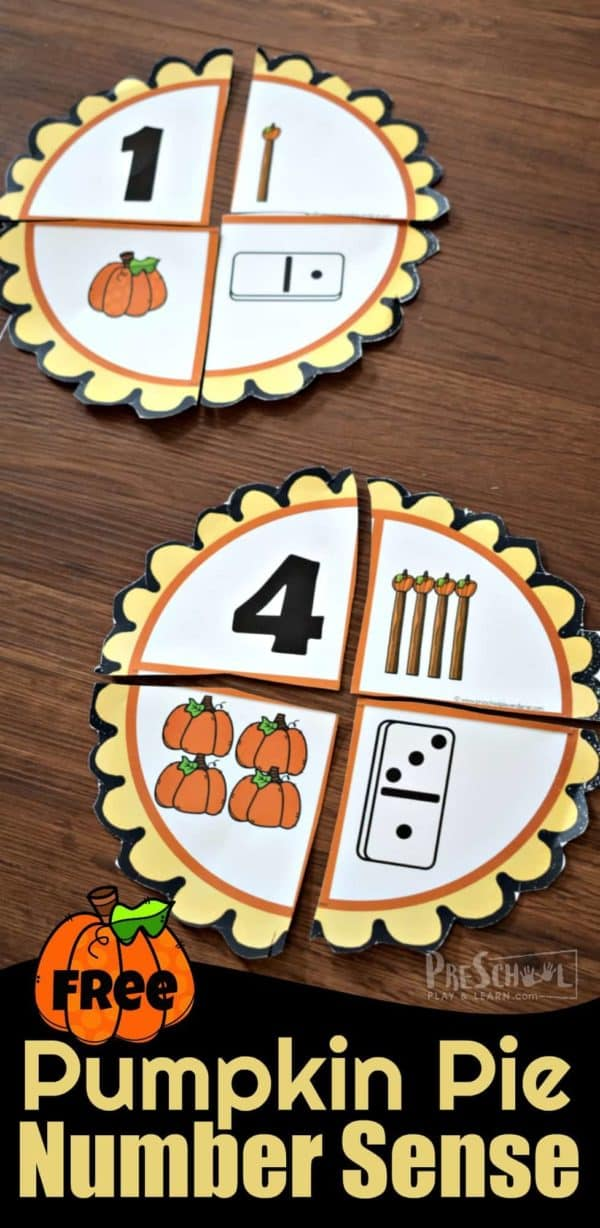 It is necessary to instill in the patient faith in the possibility of recovery, to overcome his prejudice against the "harm" caused by psychotropic drugs, to convey his conviction in the effectiveness of treatment, subject to the systematic observance of the prescribed prescriptions. The patient's faith in the possibility of healing must be supported in every possible way by the relatives of the OCD sufferer. If the patient has rituals, it must be remembered that improvement usually occurs when using a combination of the method of preventing a reaction with placing the patient in conditions that aggravate these rituals. Significant but not complete improvement can be expected in about two-thirds of patients with moderately heavy rituals. If, as a result of such treatment, the severity of rituals decreases, then, as a rule, the accompanying obsessive thoughts also recede. In panphobia, predominantly behavioral techniques are used to reduce sensitivity to phobic stimuli, supplemented by elements of emotionally supportive psychotherapy.
It is necessary to instill in the patient faith in the possibility of recovery, to overcome his prejudice against the "harm" caused by psychotropic drugs, to convey his conviction in the effectiveness of treatment, subject to the systematic observance of the prescribed prescriptions. The patient's faith in the possibility of healing must be supported in every possible way by the relatives of the OCD sufferer. If the patient has rituals, it must be remembered that improvement usually occurs when using a combination of the method of preventing a reaction with placing the patient in conditions that aggravate these rituals. Significant but not complete improvement can be expected in about two-thirds of patients with moderately heavy rituals. If, as a result of such treatment, the severity of rituals decreases, then, as a rule, the accompanying obsessive thoughts also recede. In panphobia, predominantly behavioral techniques are used to reduce sensitivity to phobic stimuli, supplemented by elements of emotionally supportive psychotherapy. In cases where ritualized phobias predominate, along with desensitization, behavioral training is actively used to help overcome avoidant behavior. Behavioral therapy is significantly less effective for obsessive thoughts that are not accompanied by rituals. Thought-stopping has been used by some experts for many years, but its specific effect has not been convincingly proven.
In cases where ritualized phobias predominate, along with desensitization, behavioral training is actively used to help overcome avoidant behavior. Behavioral therapy is significantly less effective for obsessive thoughts that are not accompanied by rituals. Thought-stopping has been used by some experts for many years, but its specific effect has not been convincingly proven.
Social rehabilitation
We have already noted that obsessive-compulsive disorder has a fluctuating (fluctuating) course and over time the patient's condition may improve regardless of which particular methods of treatment were used. Until recovery, patients can benefit from supportive conversations that provide continued hope for recovery. Psychotherapy in the complex of treatment and rehabilitation measures for patients with OCD is aimed at both correcting avoidant behavior and reducing sensitivity to phobic situations (behavioral therapy), as well as family psychotherapy to correct behavioral disorders and improve family relationships.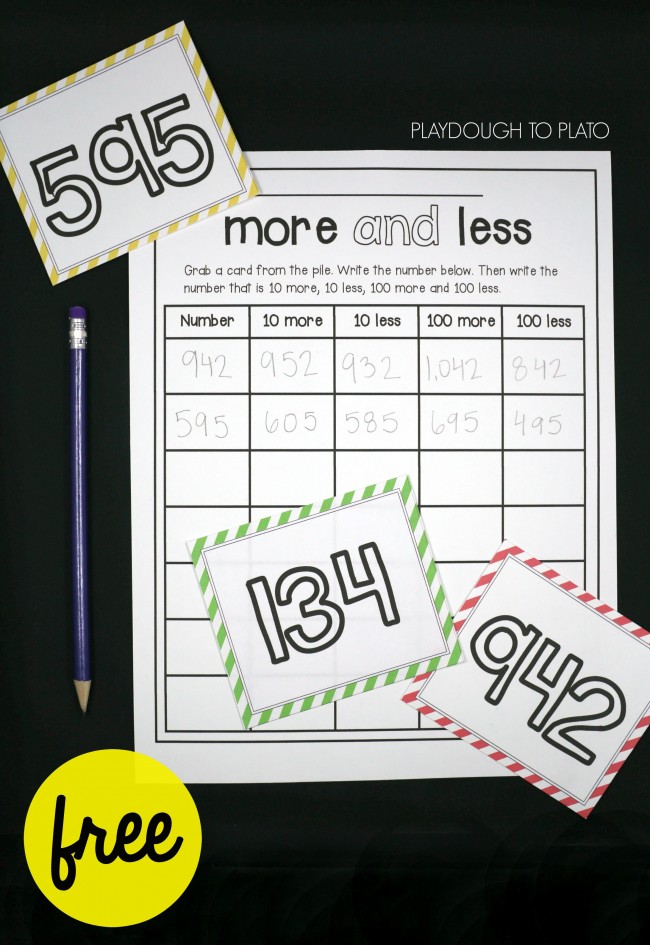 If marital problems aggravate the symptoms, joint interviews with the spouse are indicated. Patients with panphobia (at the stage of the active course of the disease), due to the intensity and pathological persistence of symptoms, need both medical and social and labor rehabilitation. In this regard, it is important to determine adequate terms of treatment - long-term (at least 2 months) therapy in a hospital with subsequent continuation of the course on an outpatient basis, as well as taking measures to restore social ties, professional skills, family relationships. Social rehabilitation is a set of programs for teaching OCD patients how to behave rationally both at home and in a hospital setting. Rehabilitation is aimed at teaching social skills to properly interact with other people, vocational training, as well as skills necessary in everyday life. Psychotherapy helps patients, especially those who experience a sense of their own inferiority, treat themselves better and correctly, master ways to solve everyday problems, and gain confidence in their strength.
If marital problems aggravate the symptoms, joint interviews with the spouse are indicated. Patients with panphobia (at the stage of the active course of the disease), due to the intensity and pathological persistence of symptoms, need both medical and social and labor rehabilitation. In this regard, it is important to determine adequate terms of treatment - long-term (at least 2 months) therapy in a hospital with subsequent continuation of the course on an outpatient basis, as well as taking measures to restore social ties, professional skills, family relationships. Social rehabilitation is a set of programs for teaching OCD patients how to behave rationally both at home and in a hospital setting. Rehabilitation is aimed at teaching social skills to properly interact with other people, vocational training, as well as skills necessary in everyday life. Psychotherapy helps patients, especially those who experience a sense of their own inferiority, treat themselves better and correctly, master ways to solve everyday problems, and gain confidence in their strength.